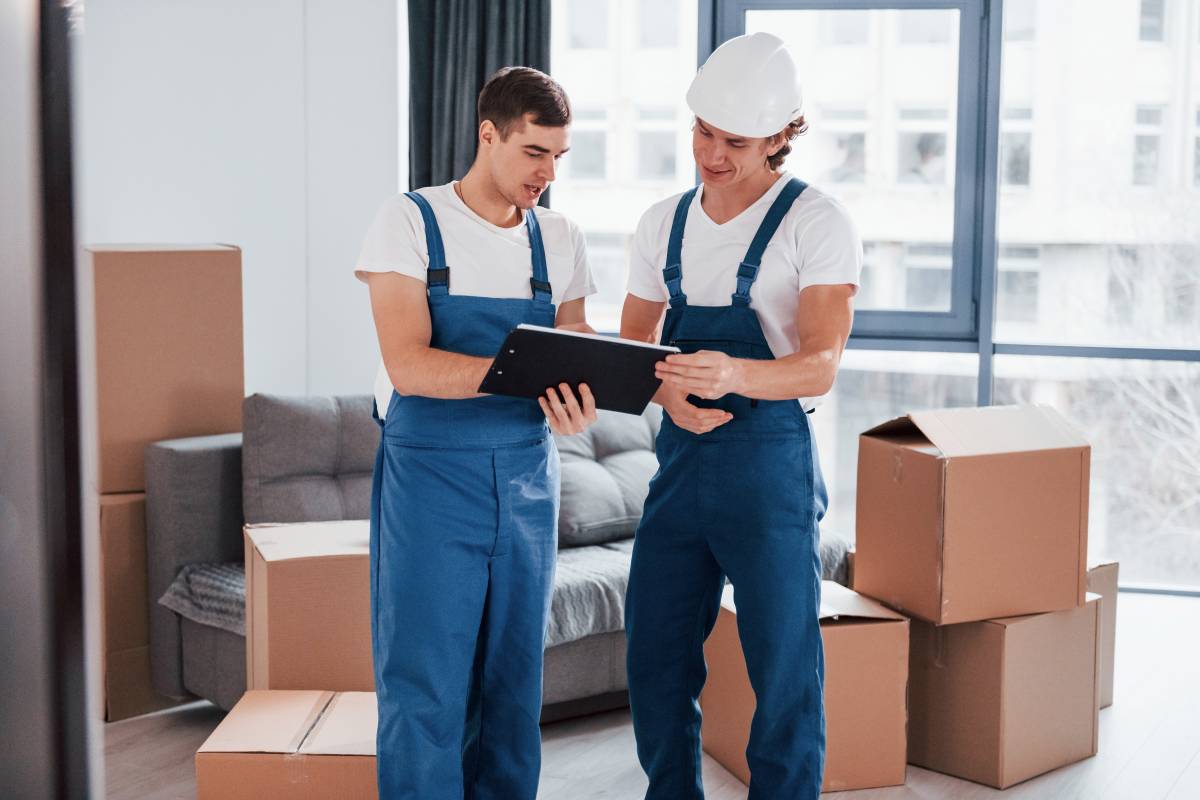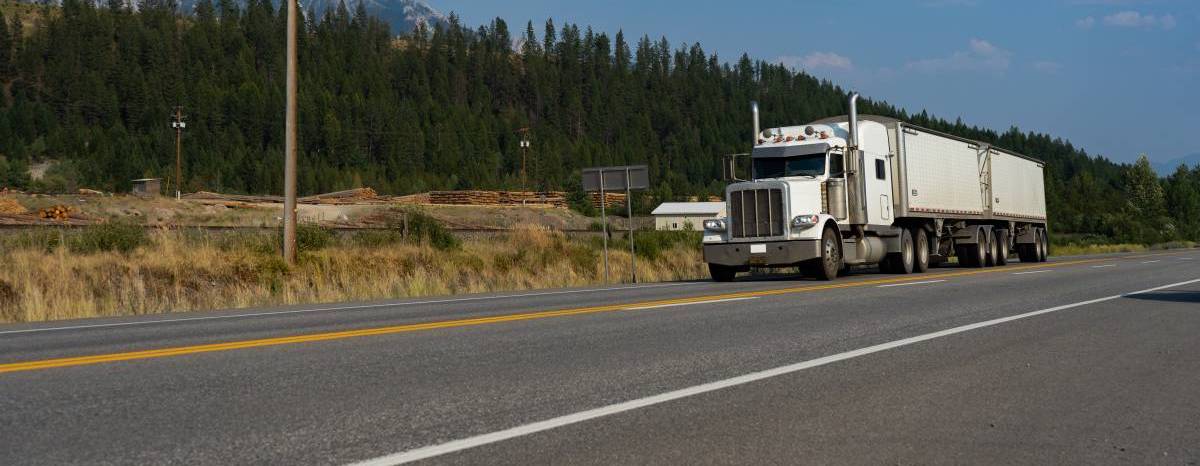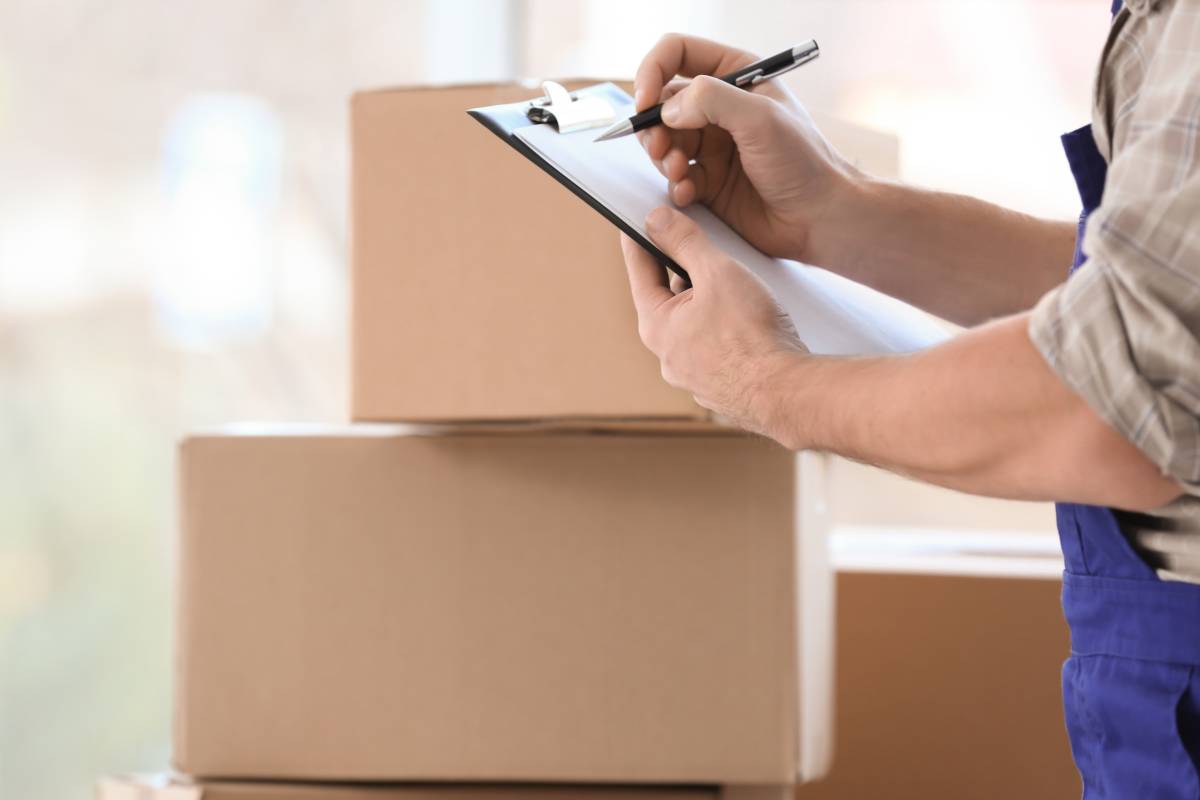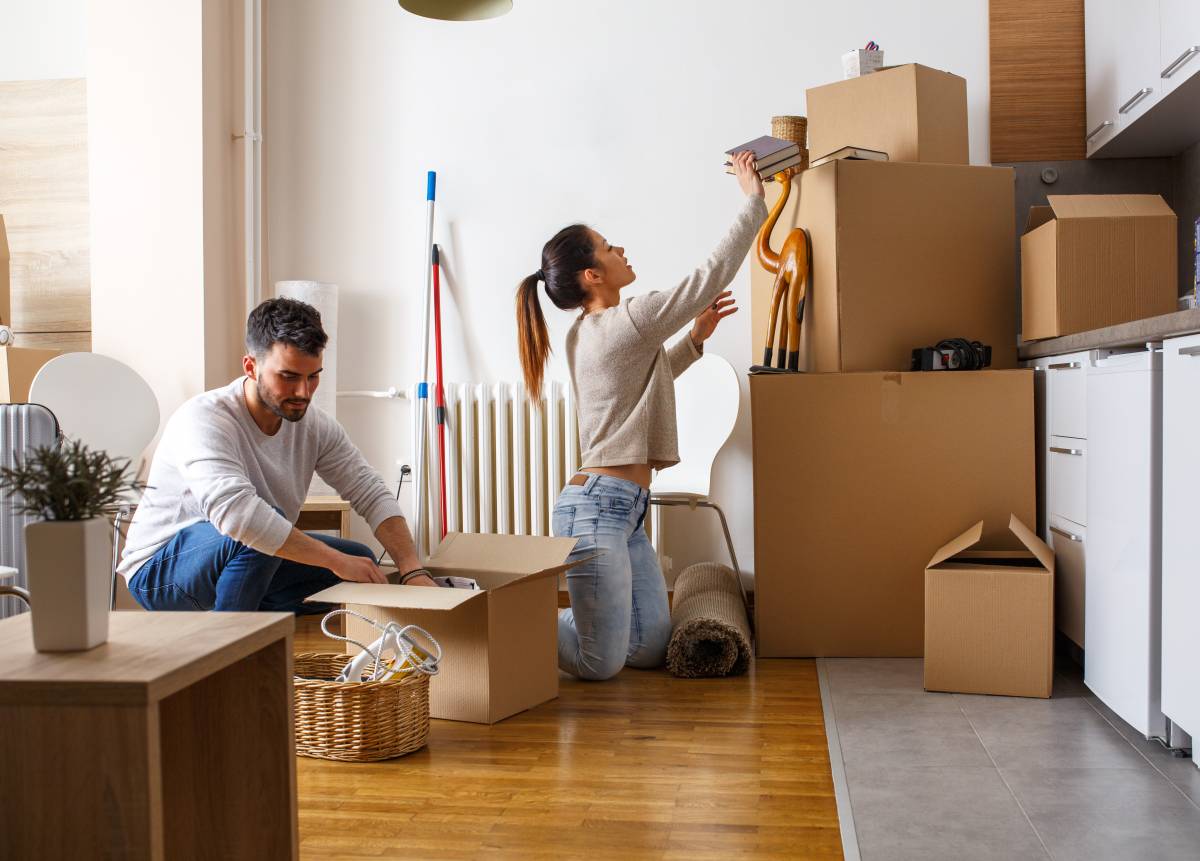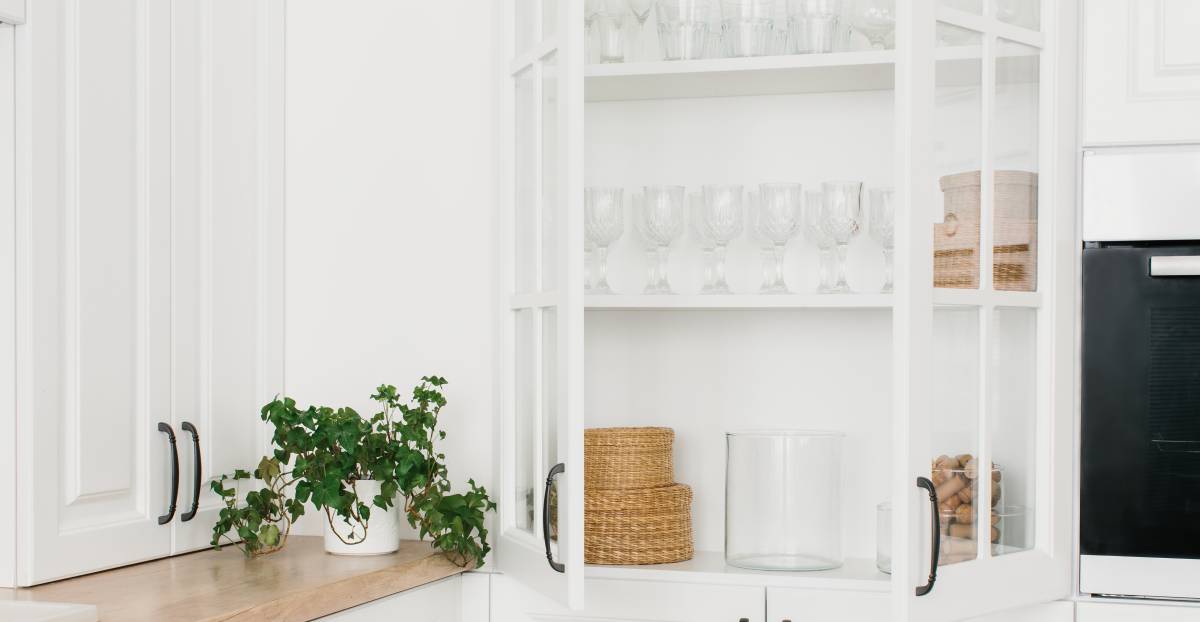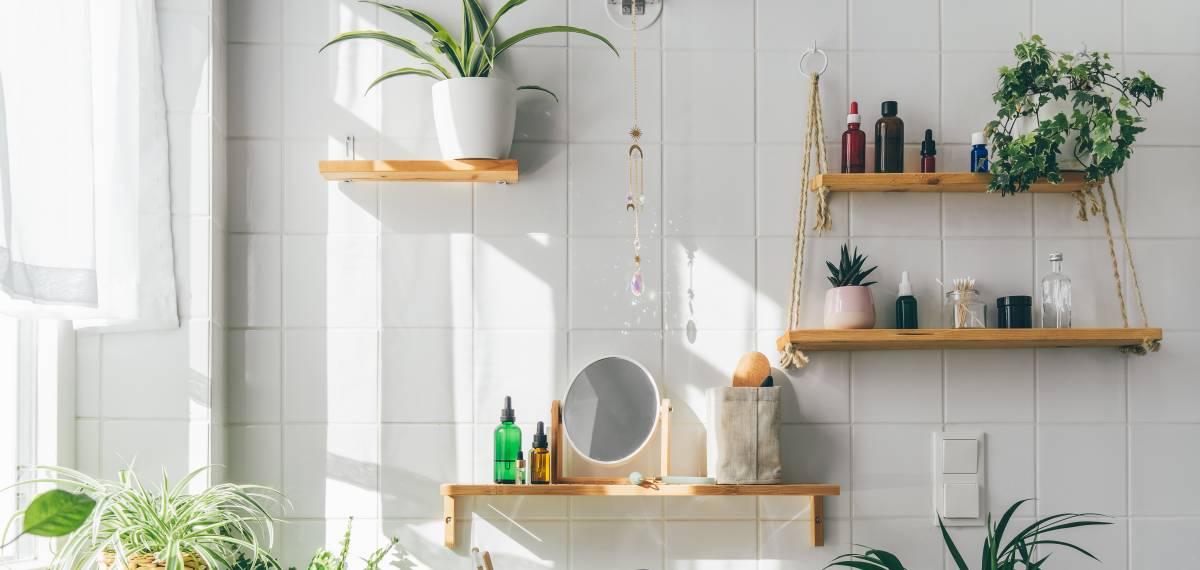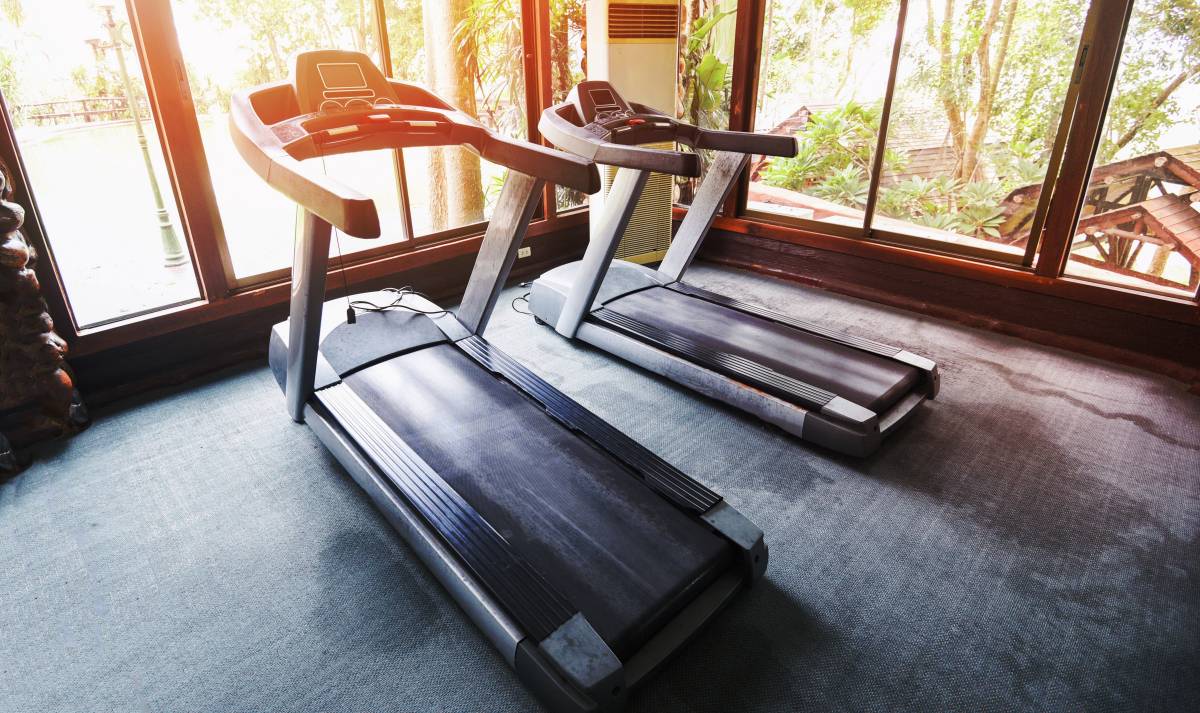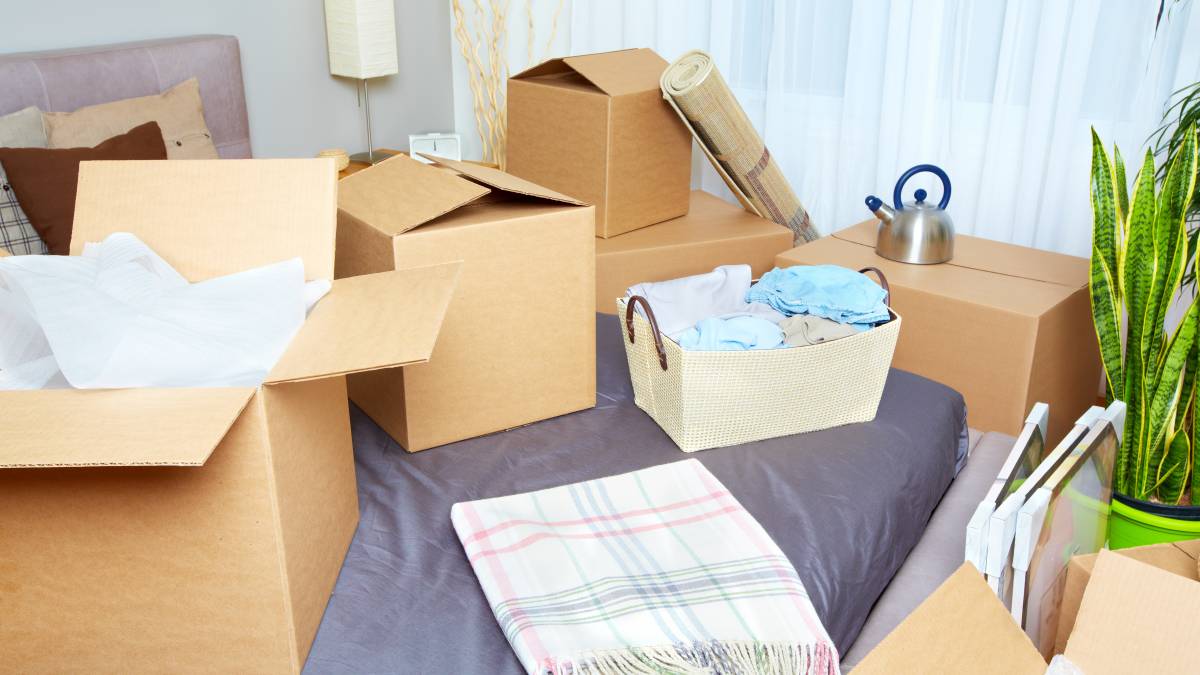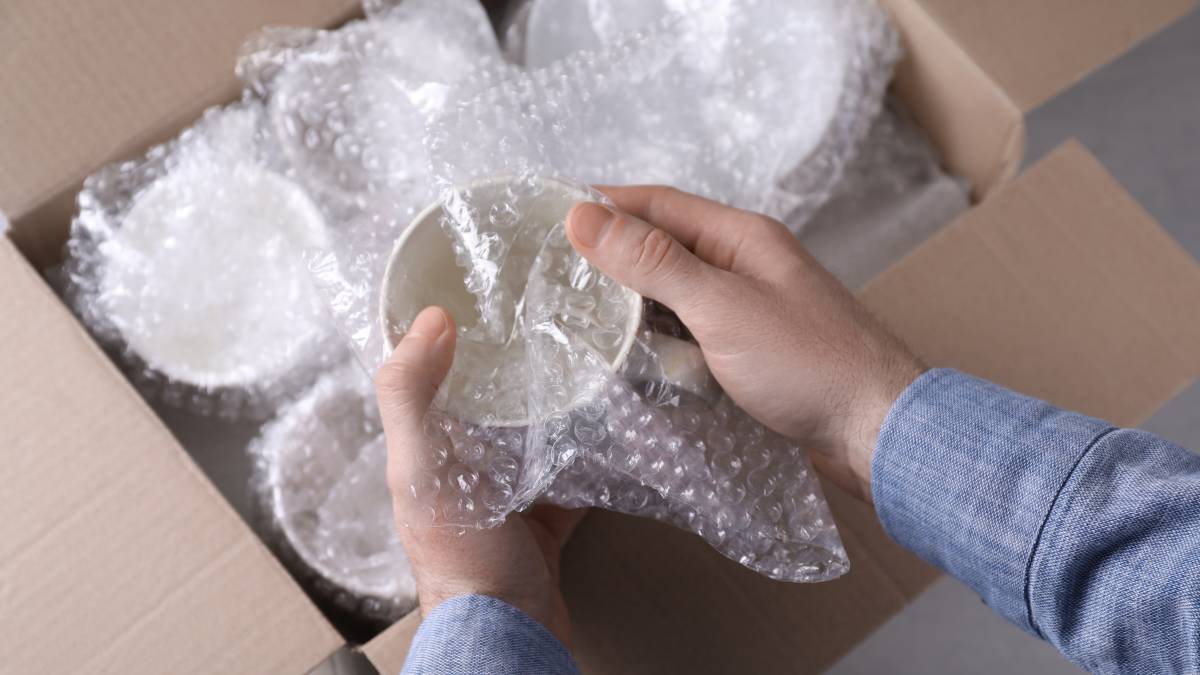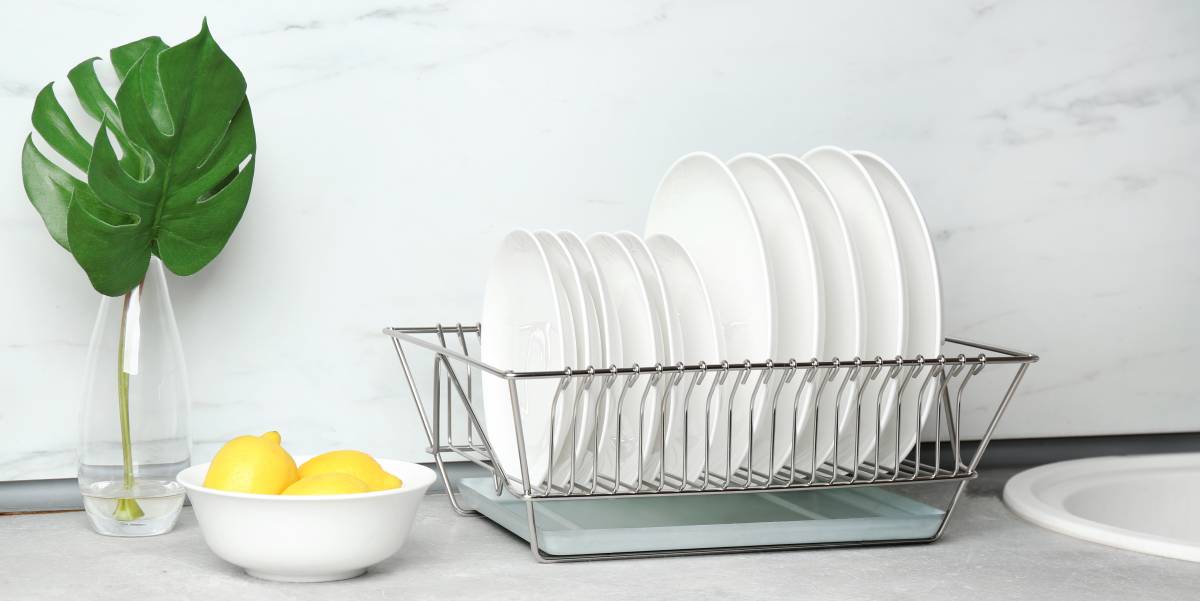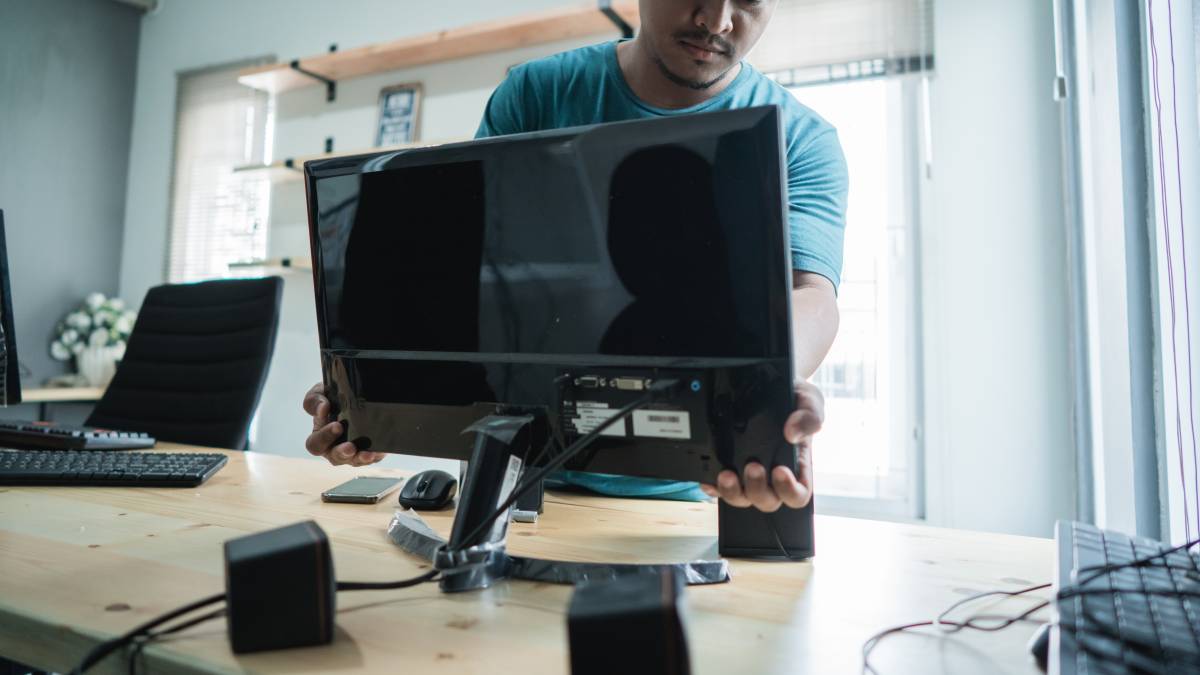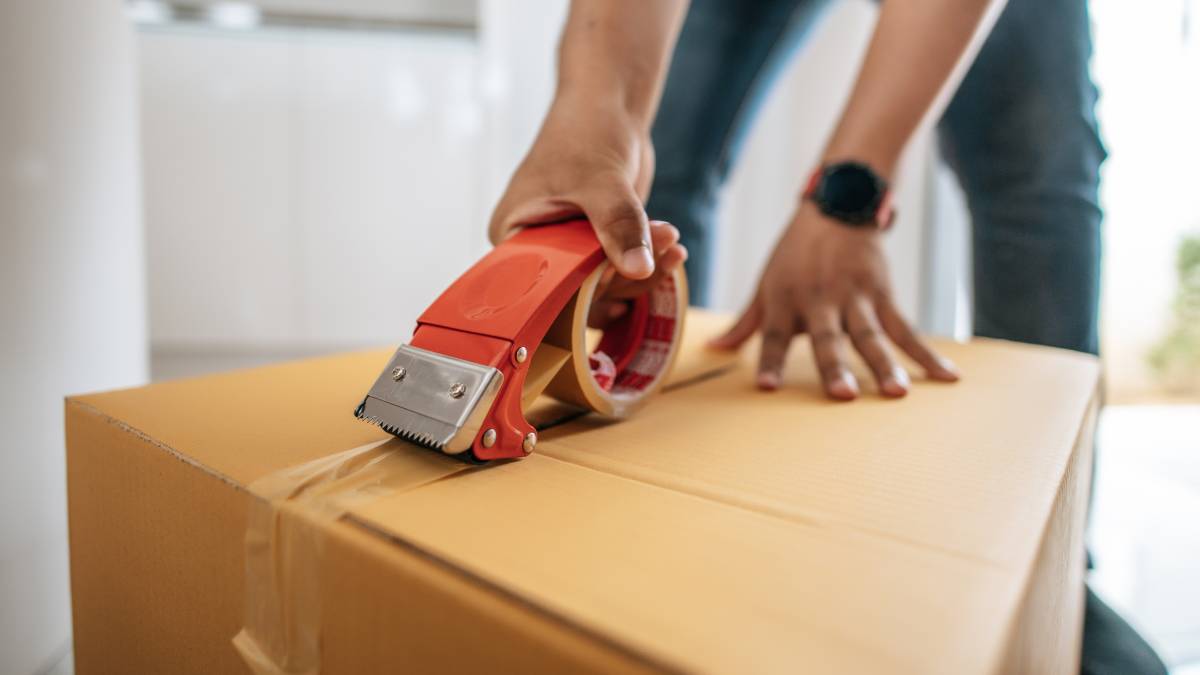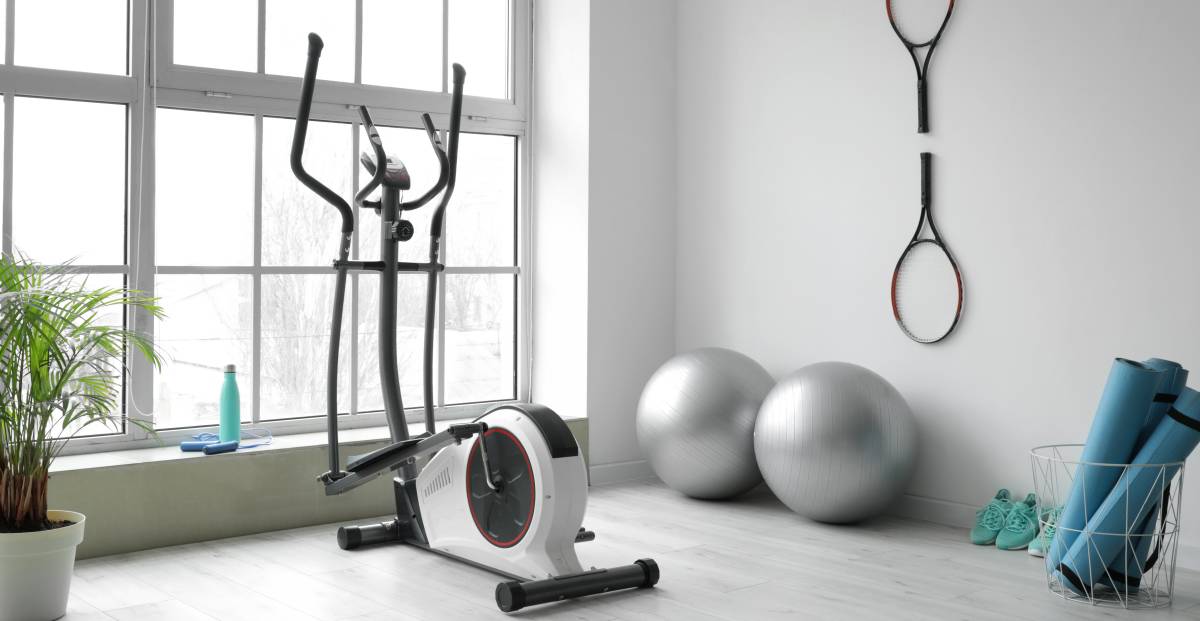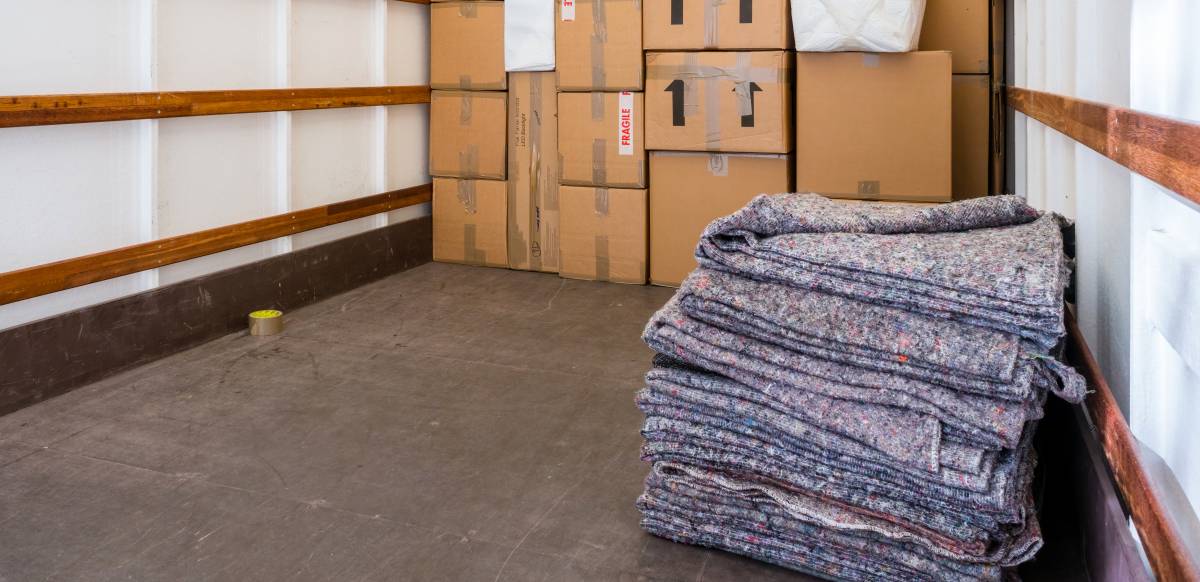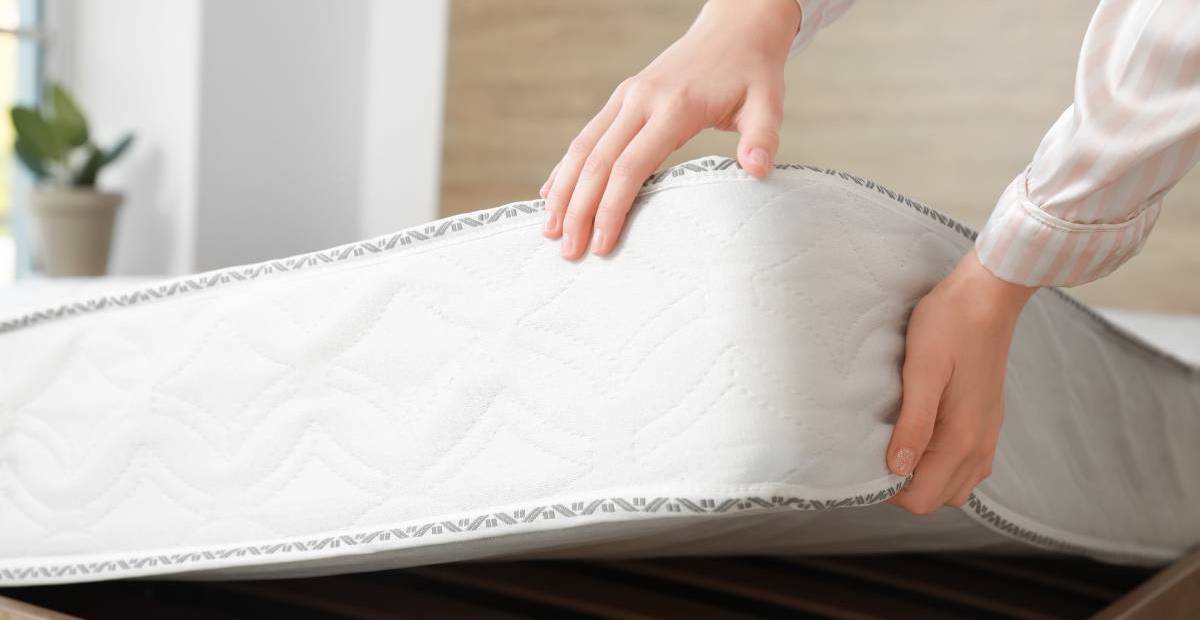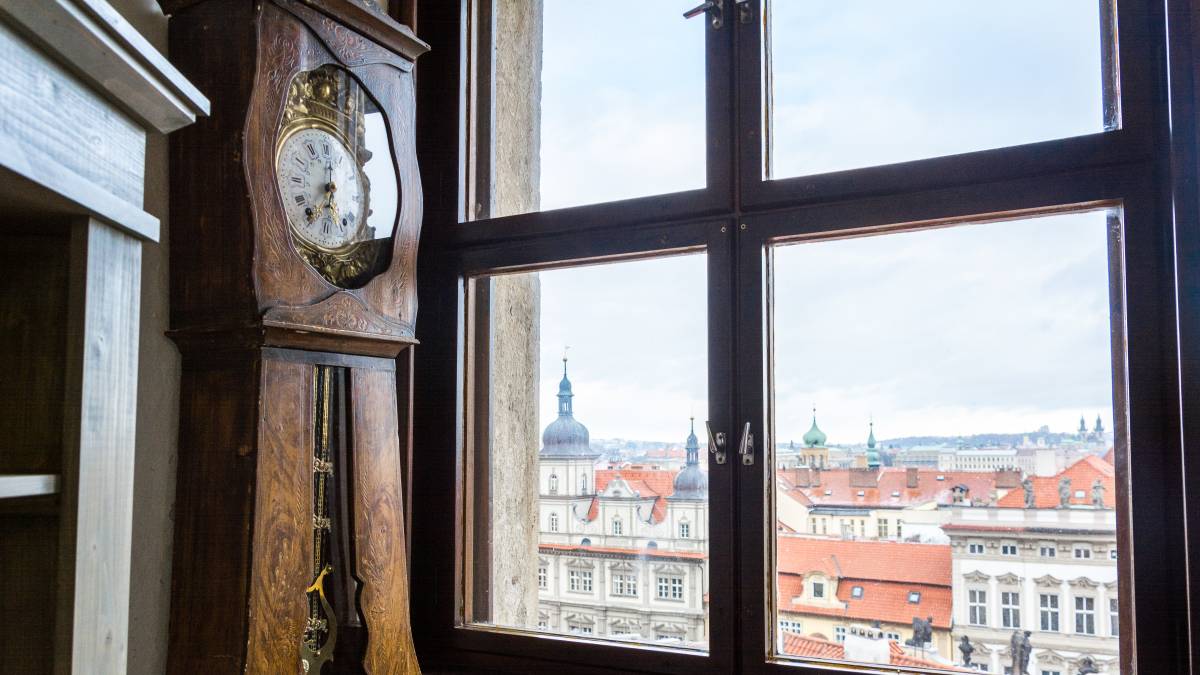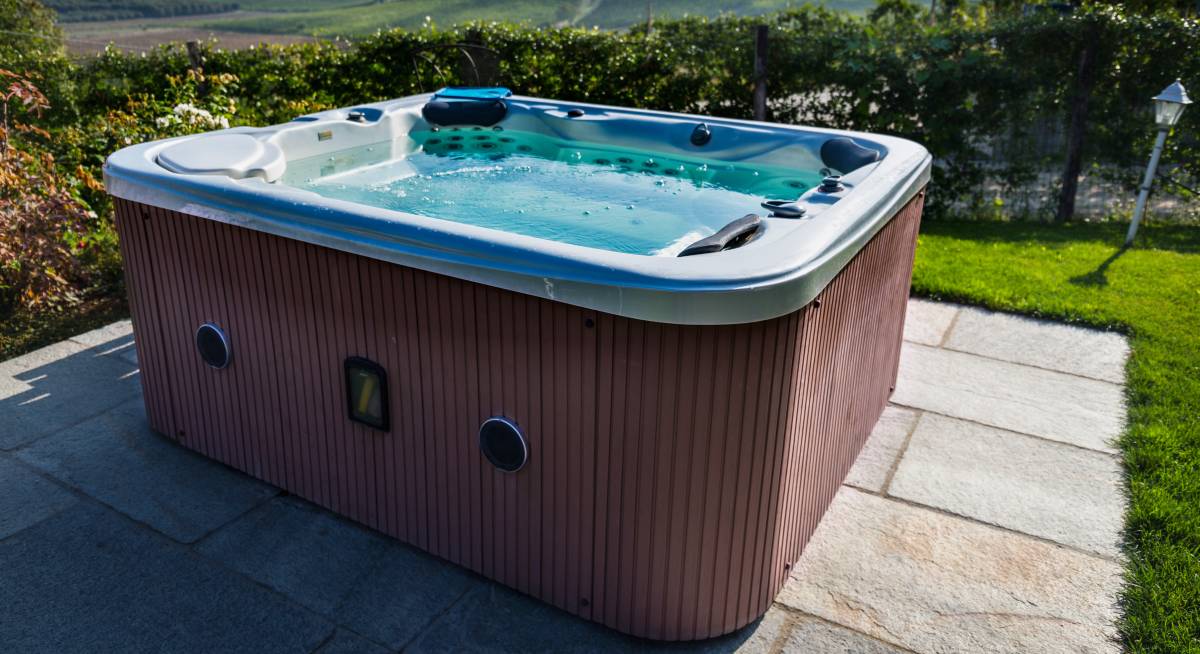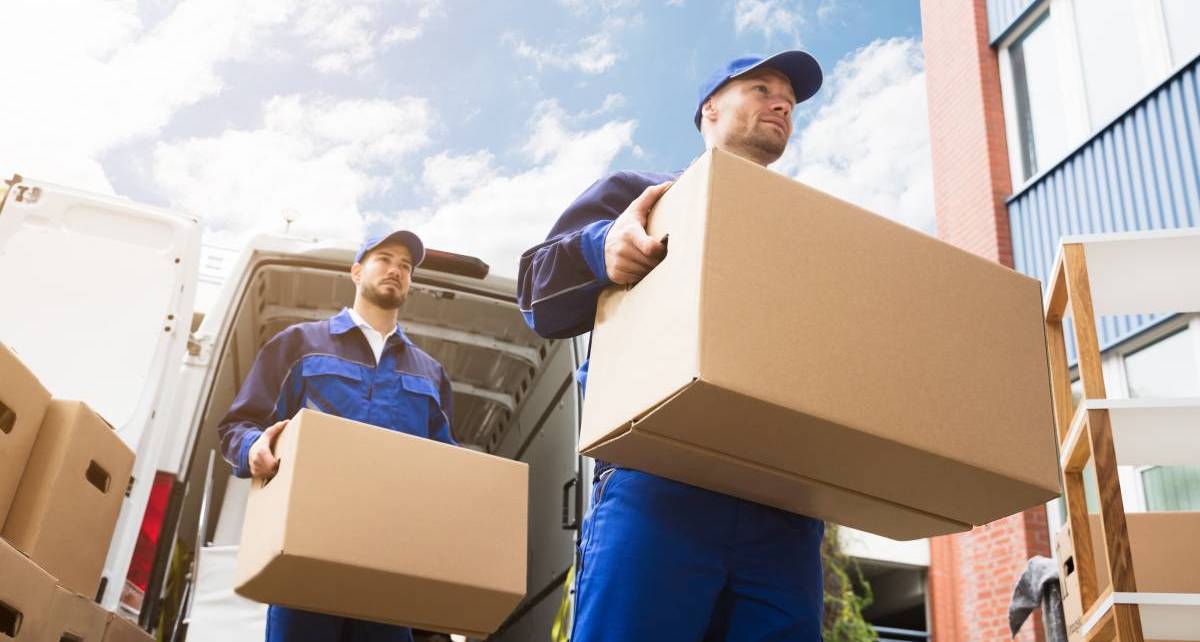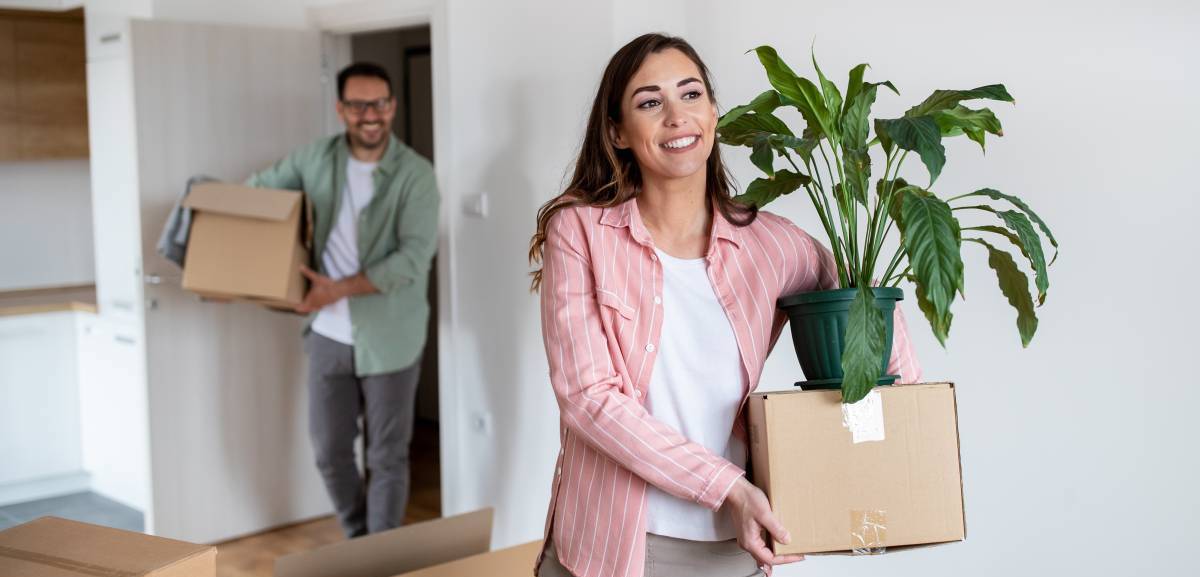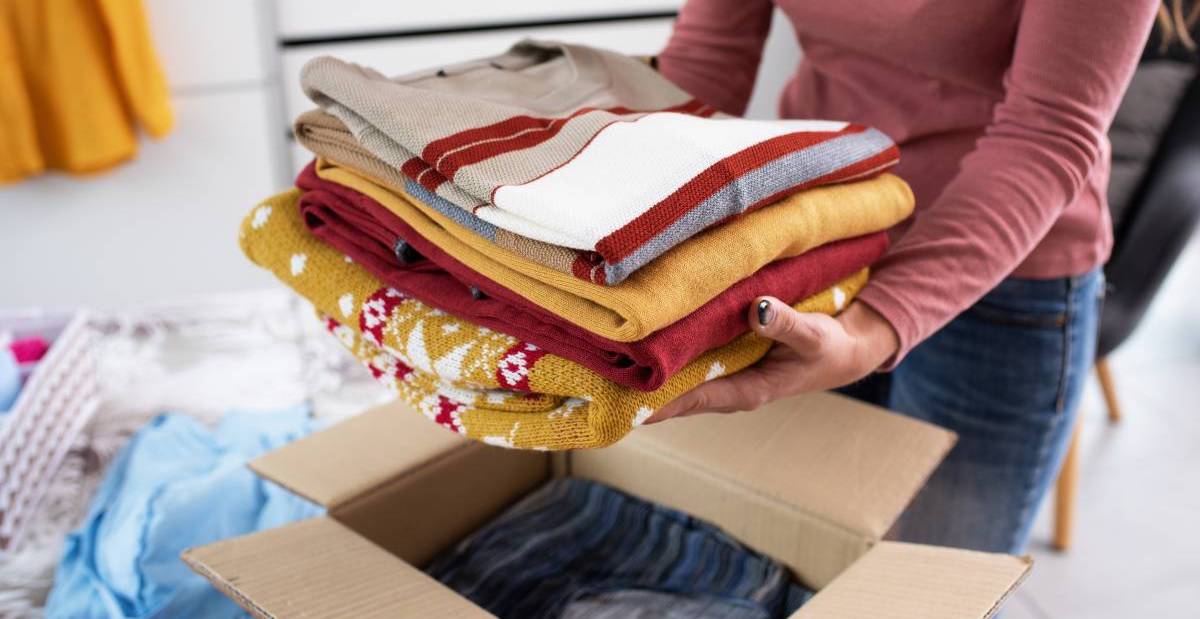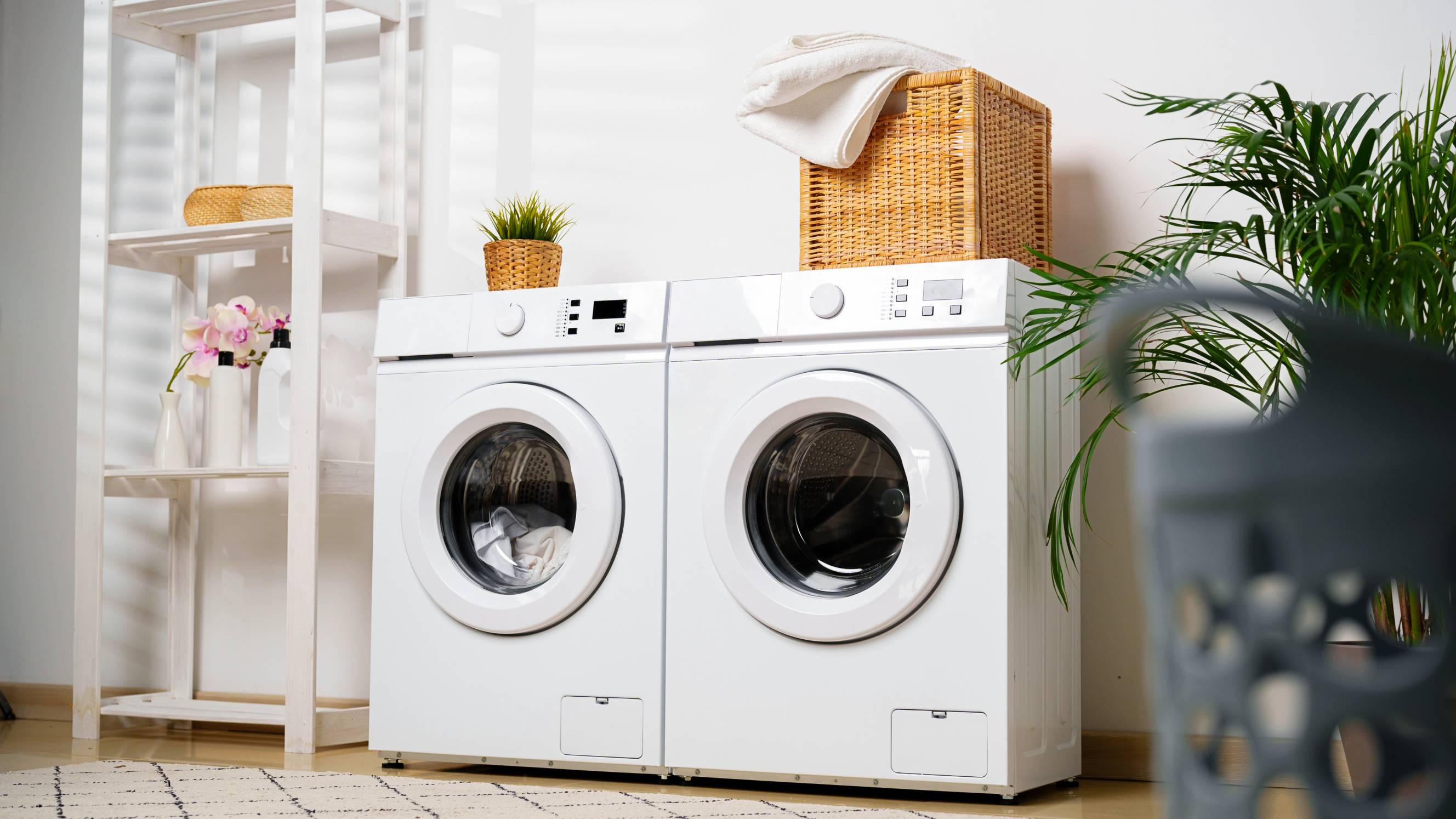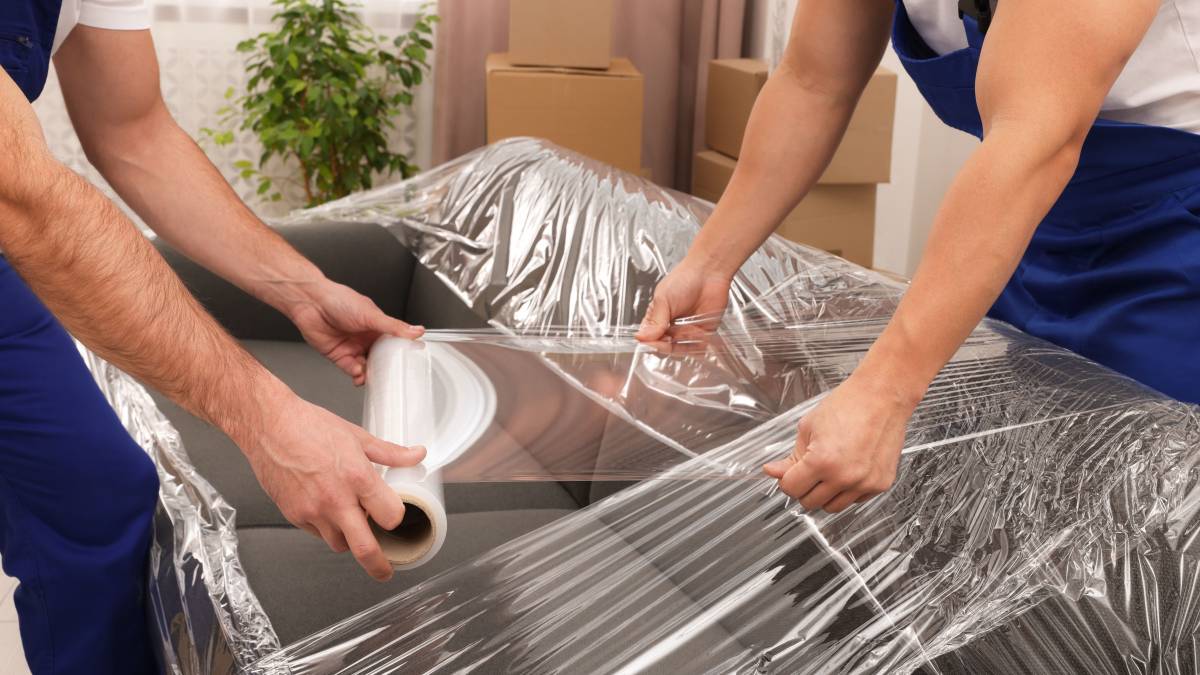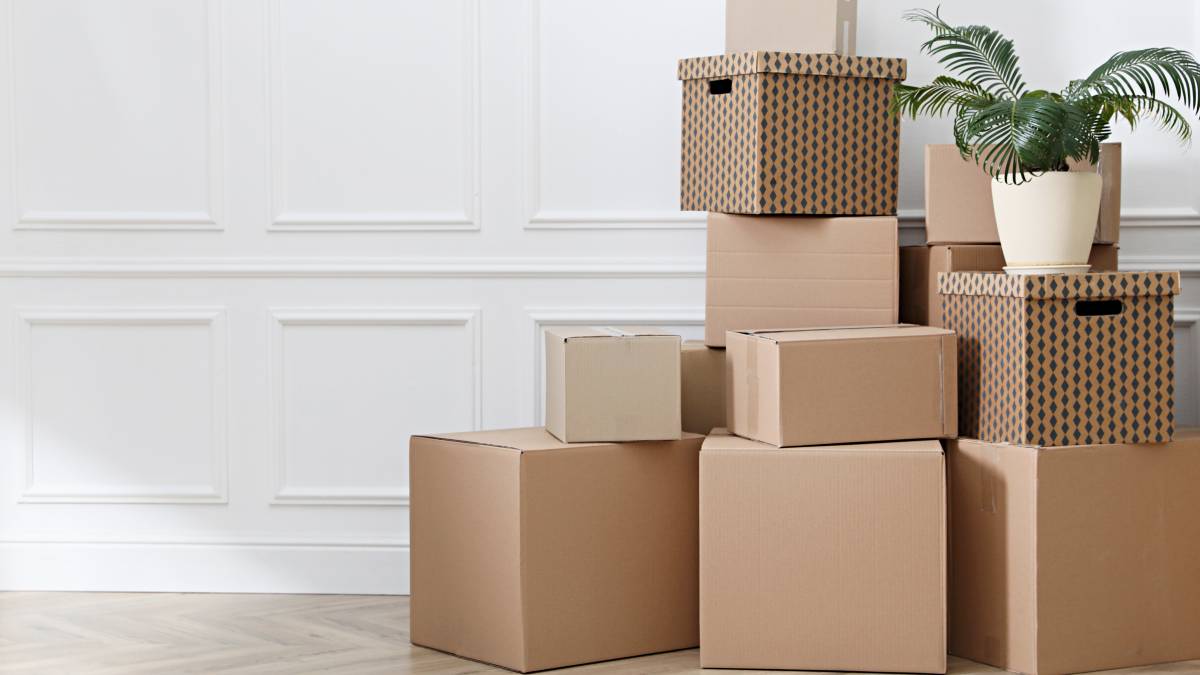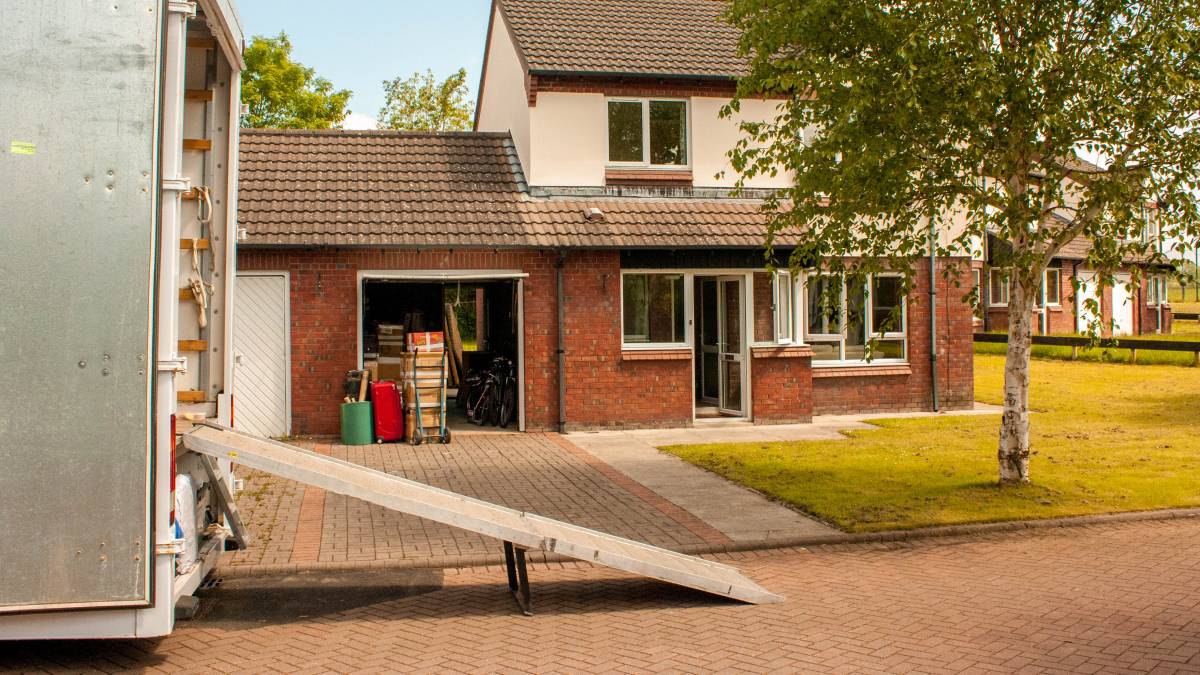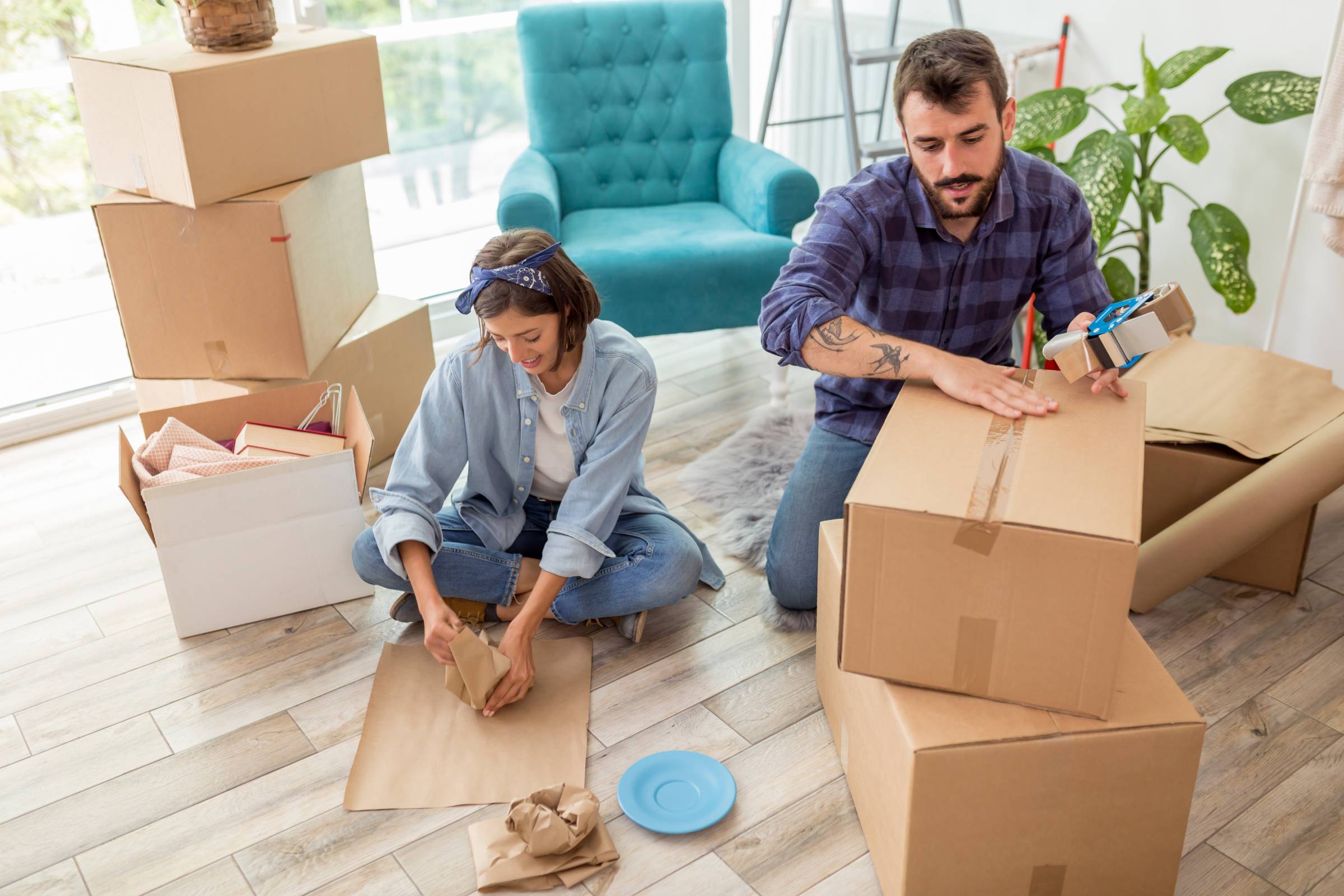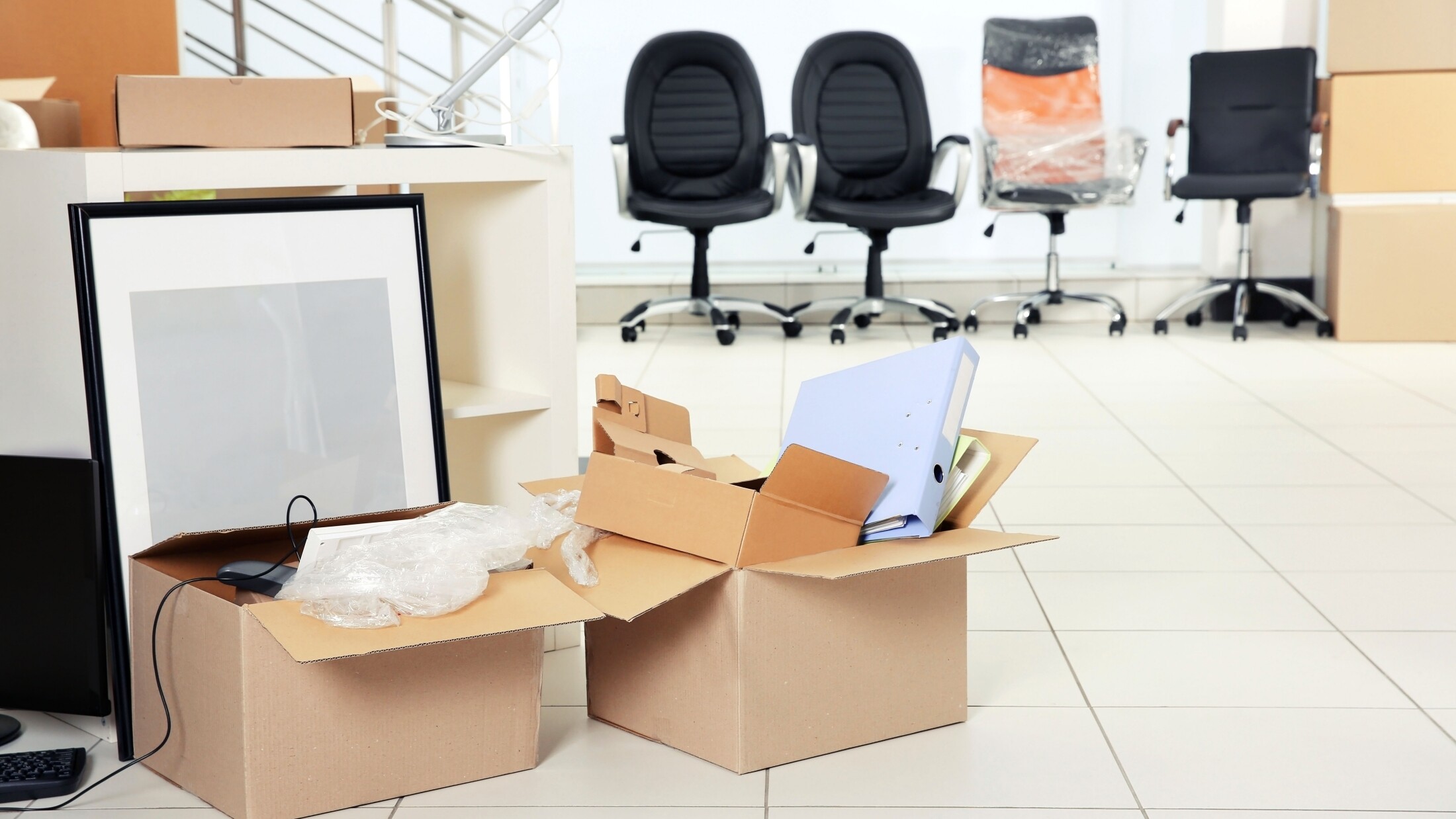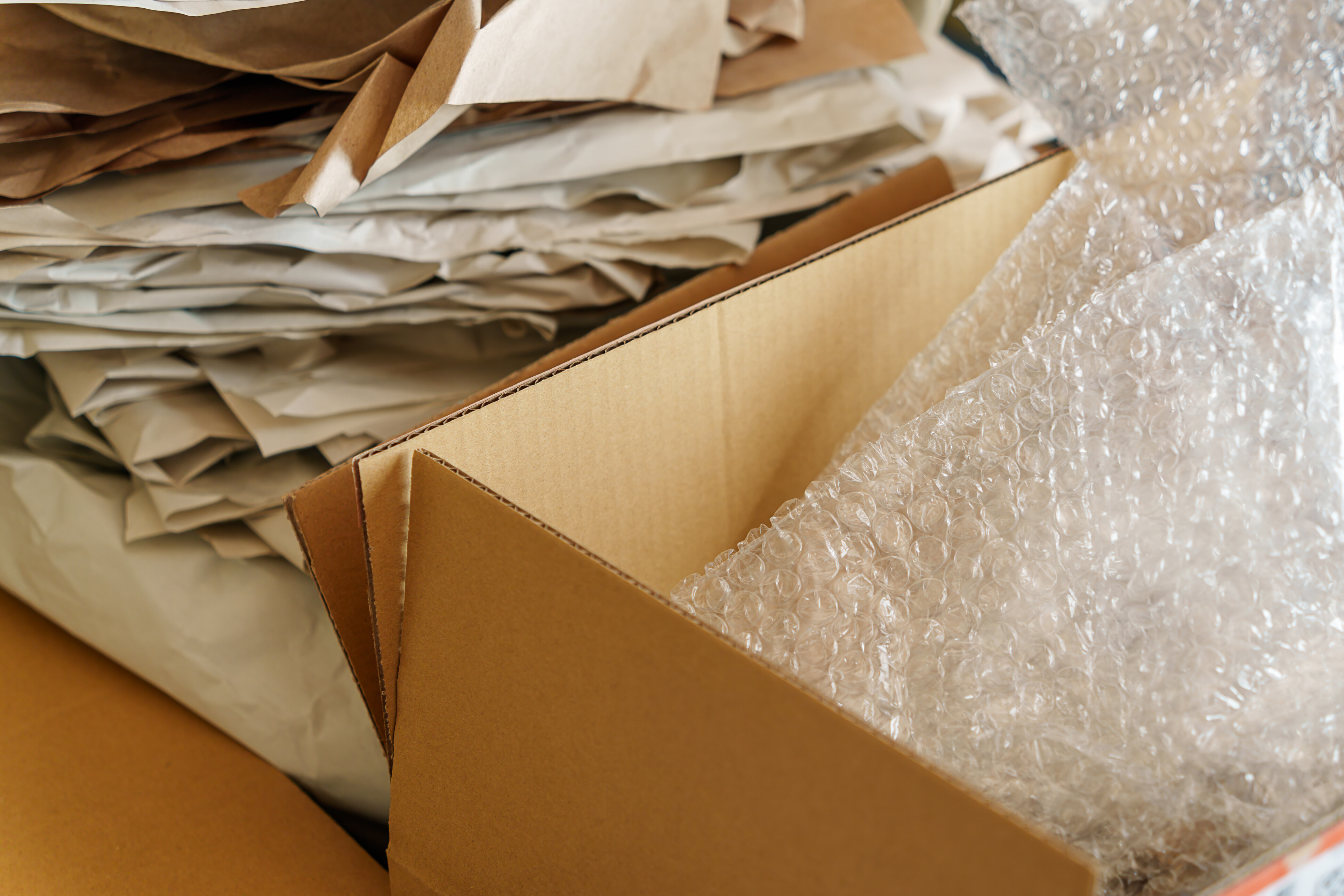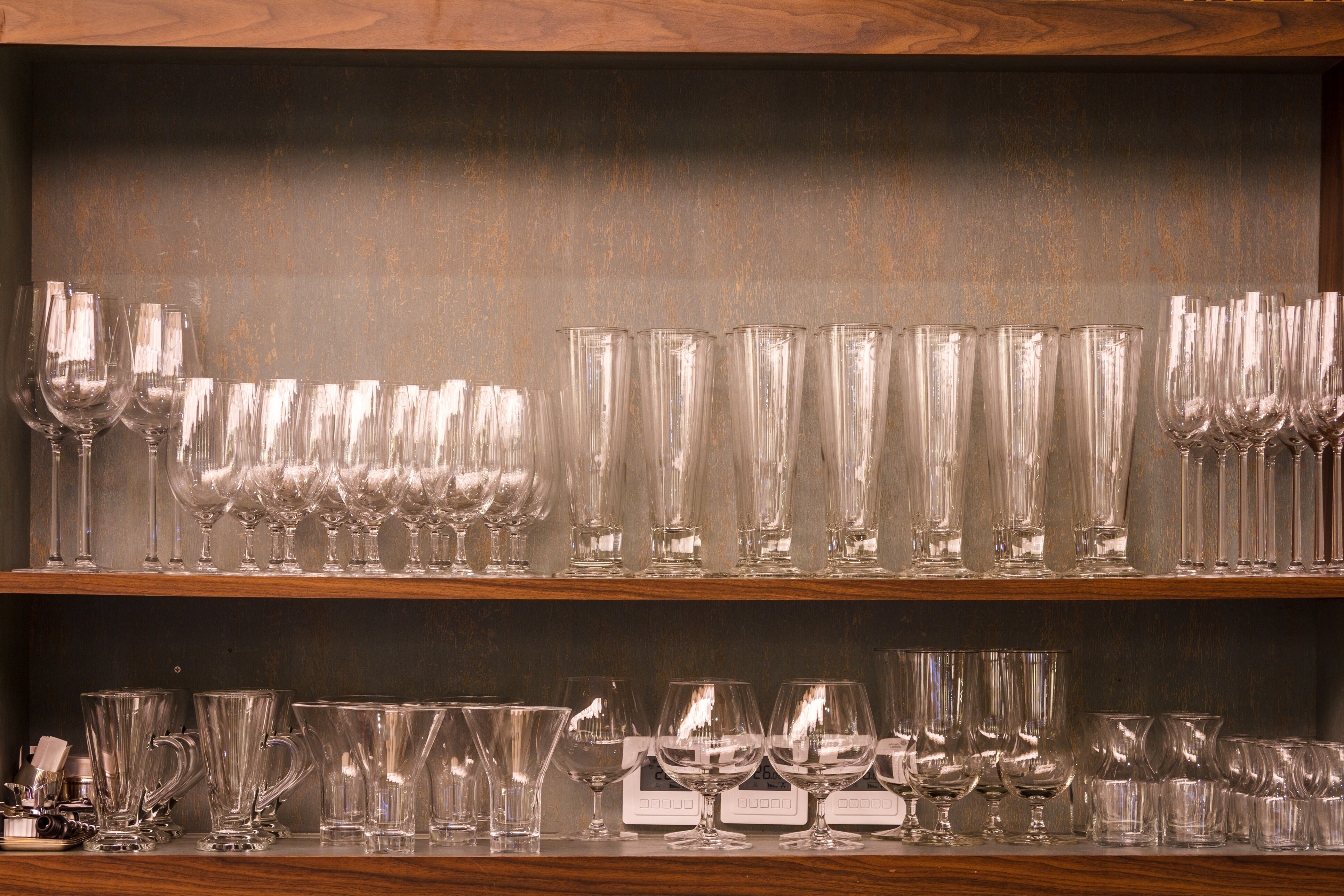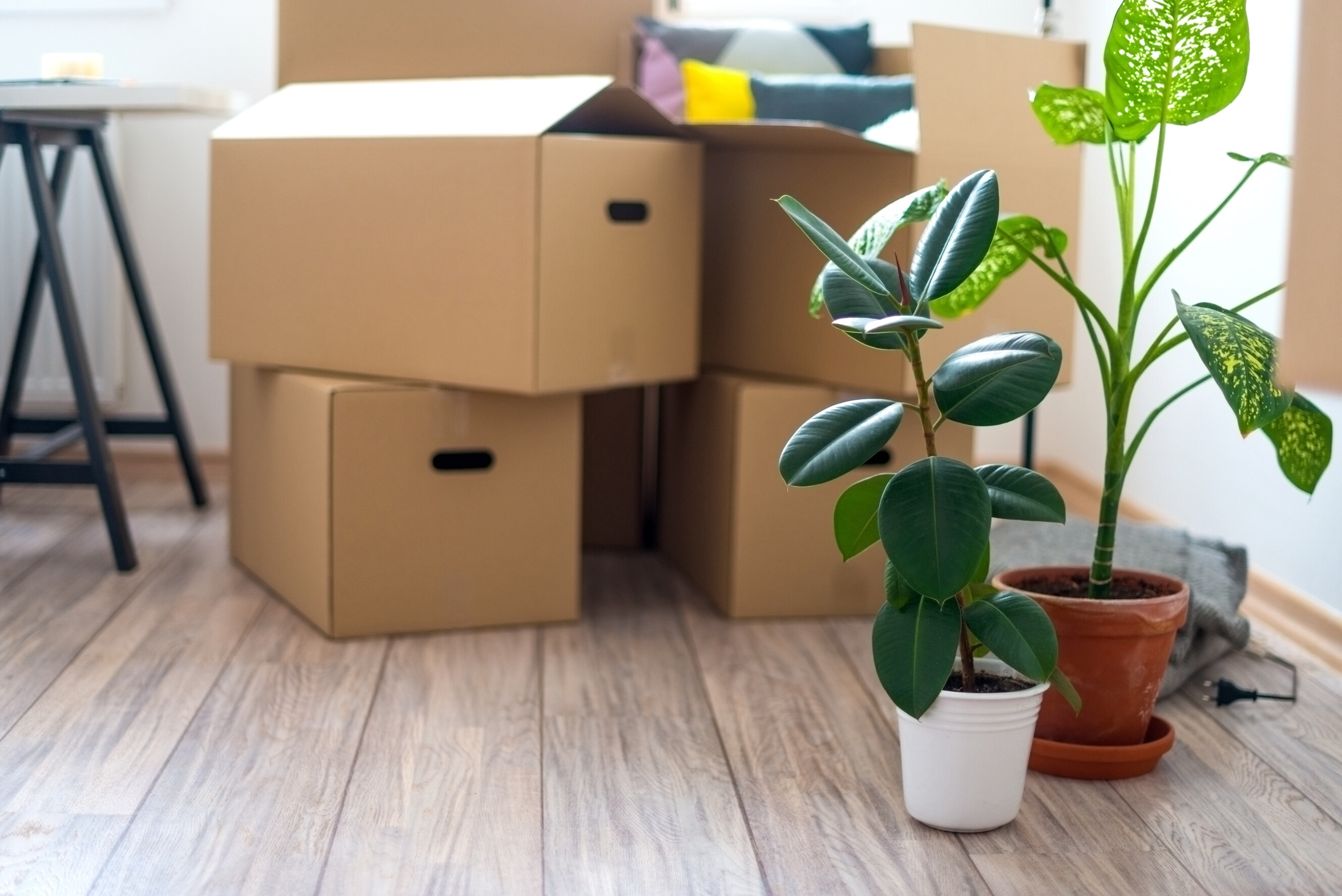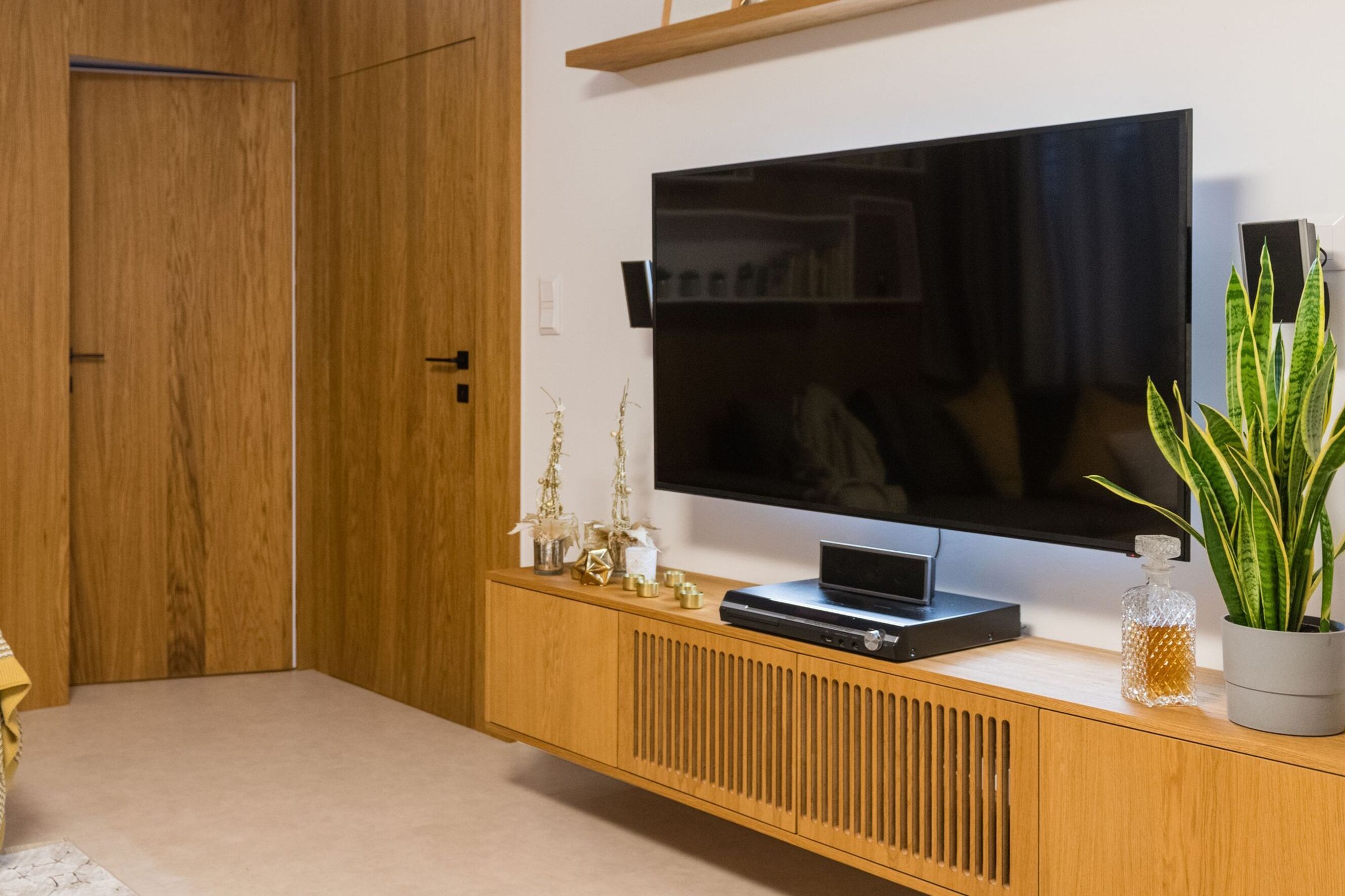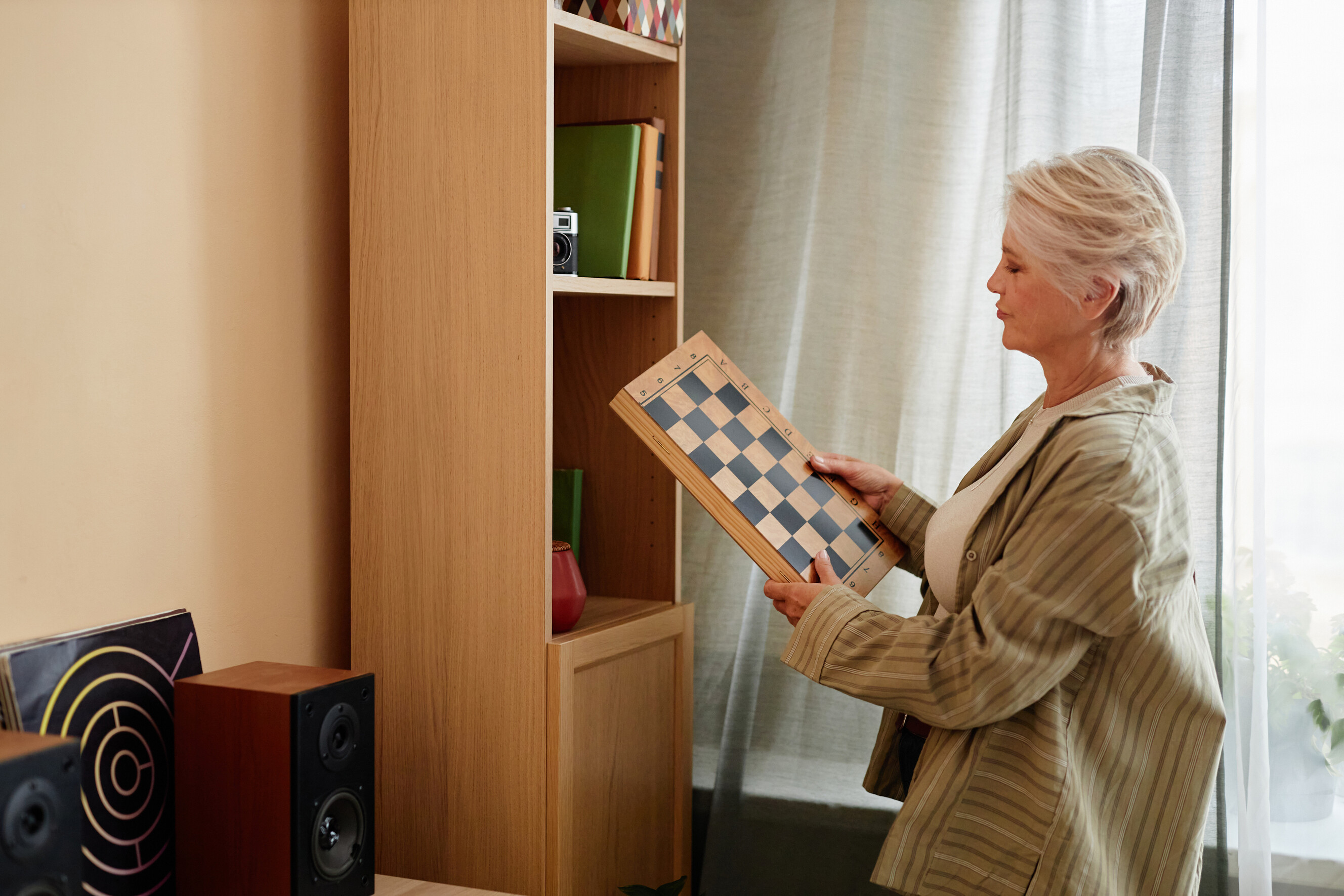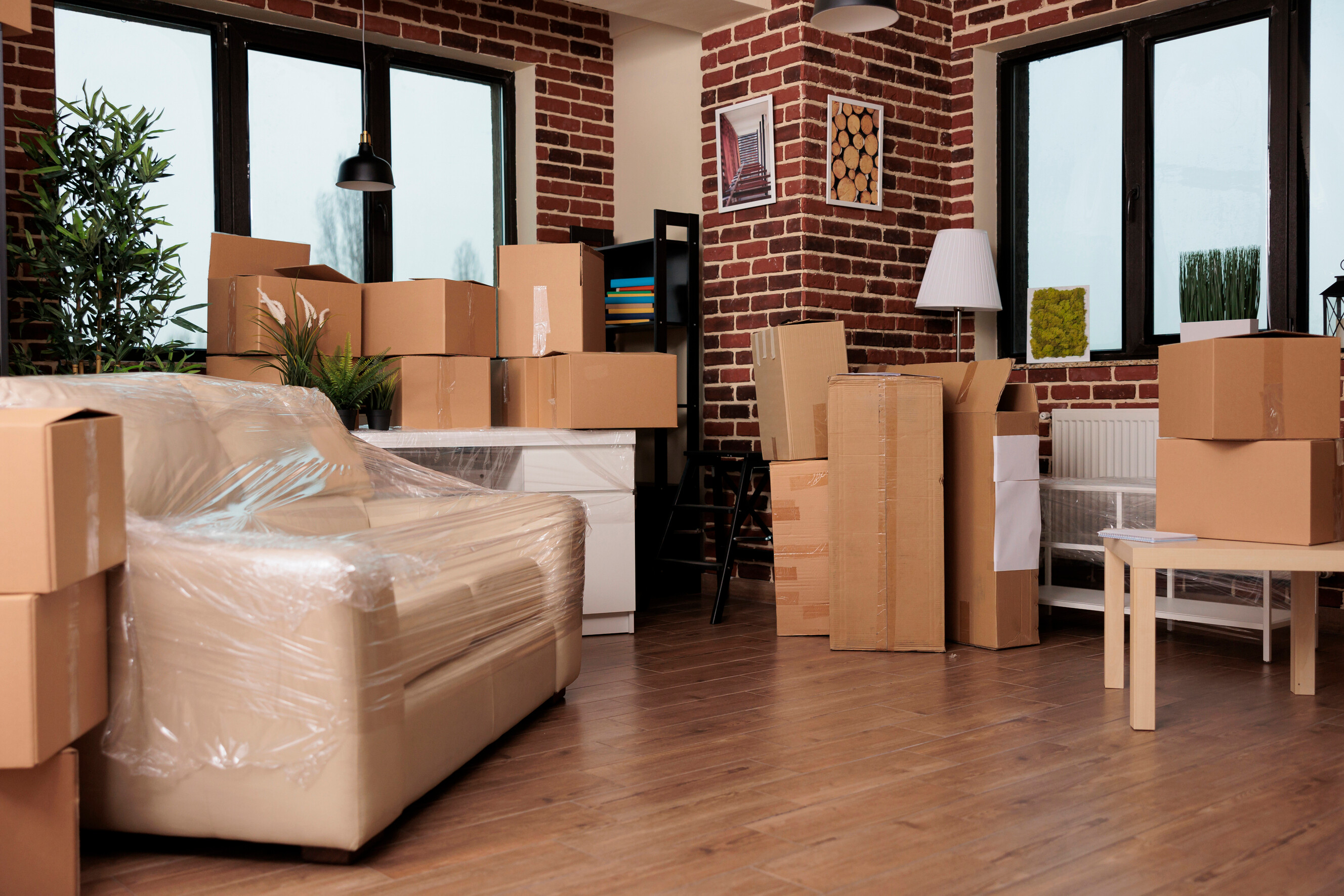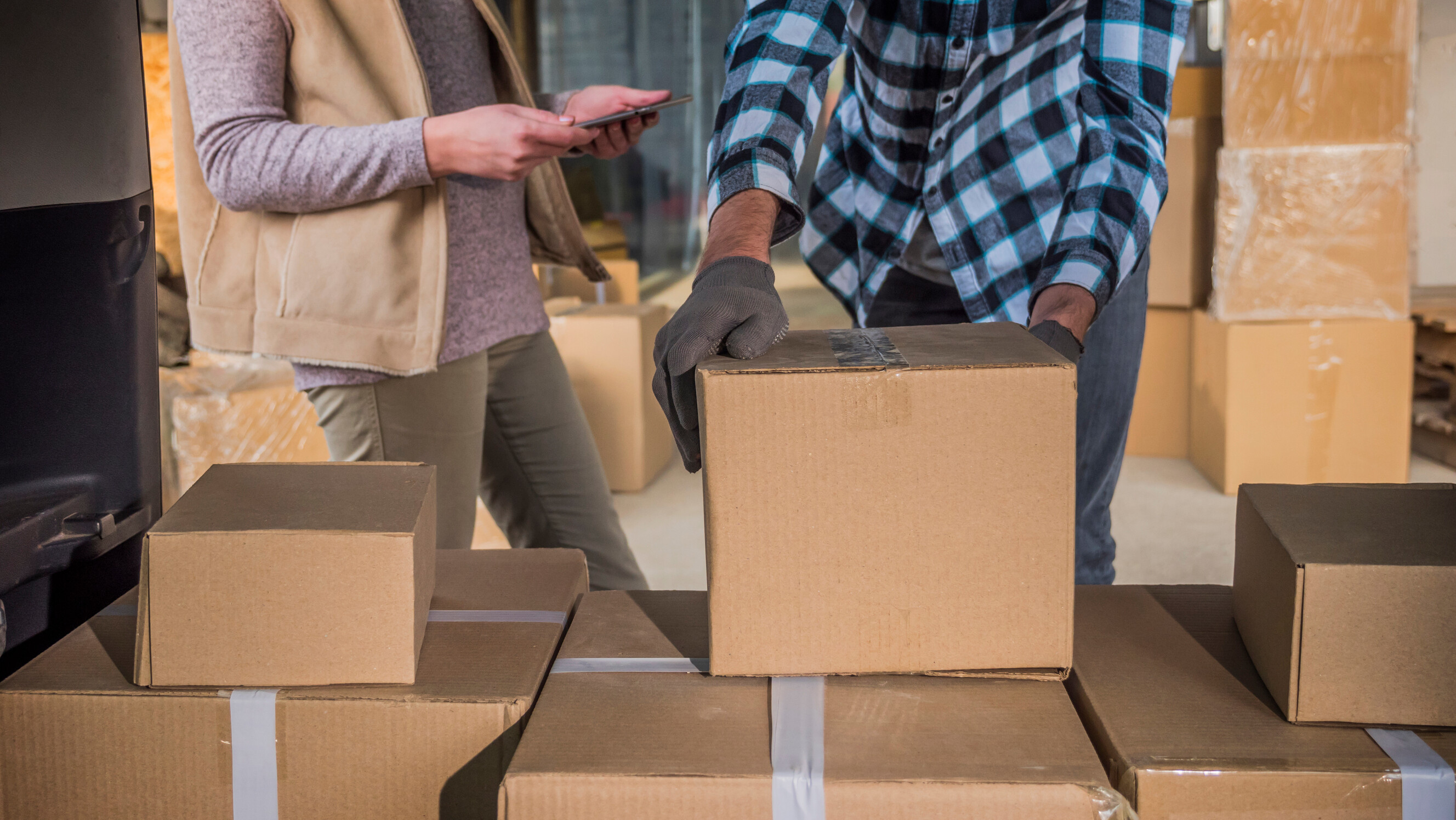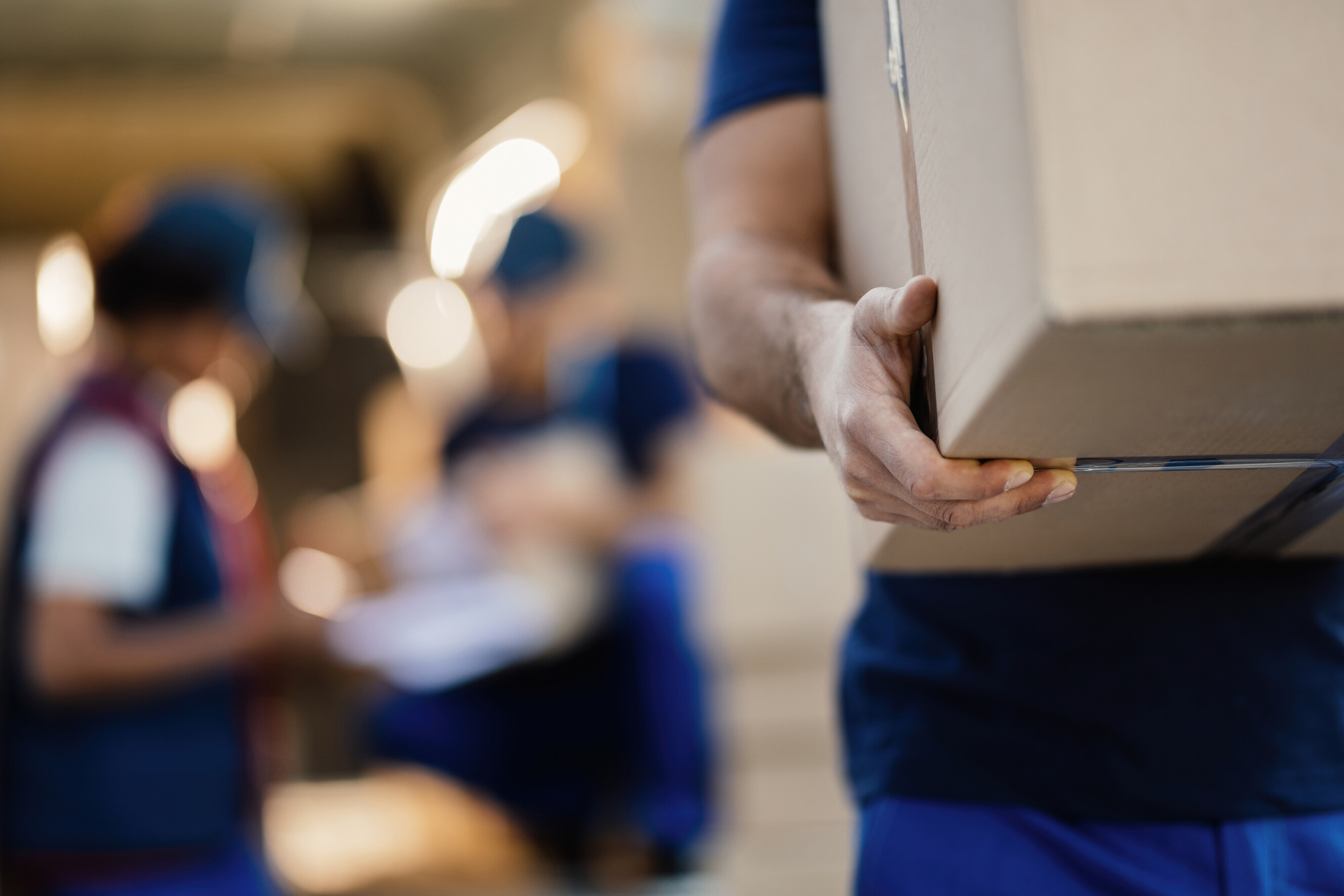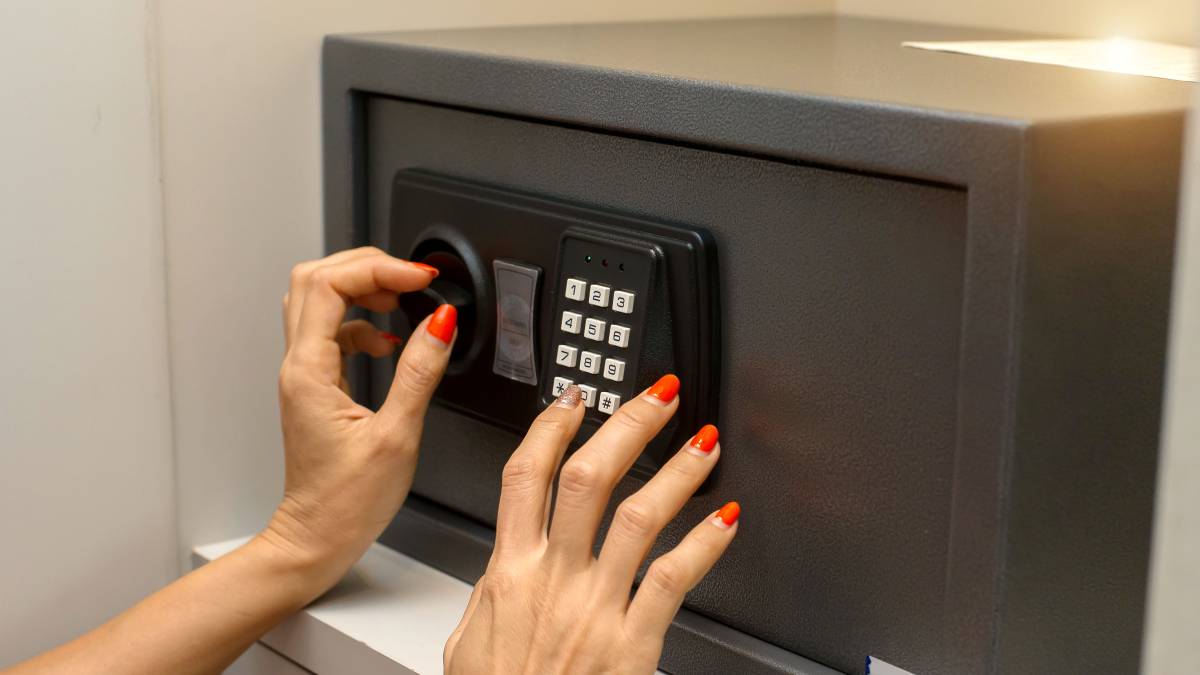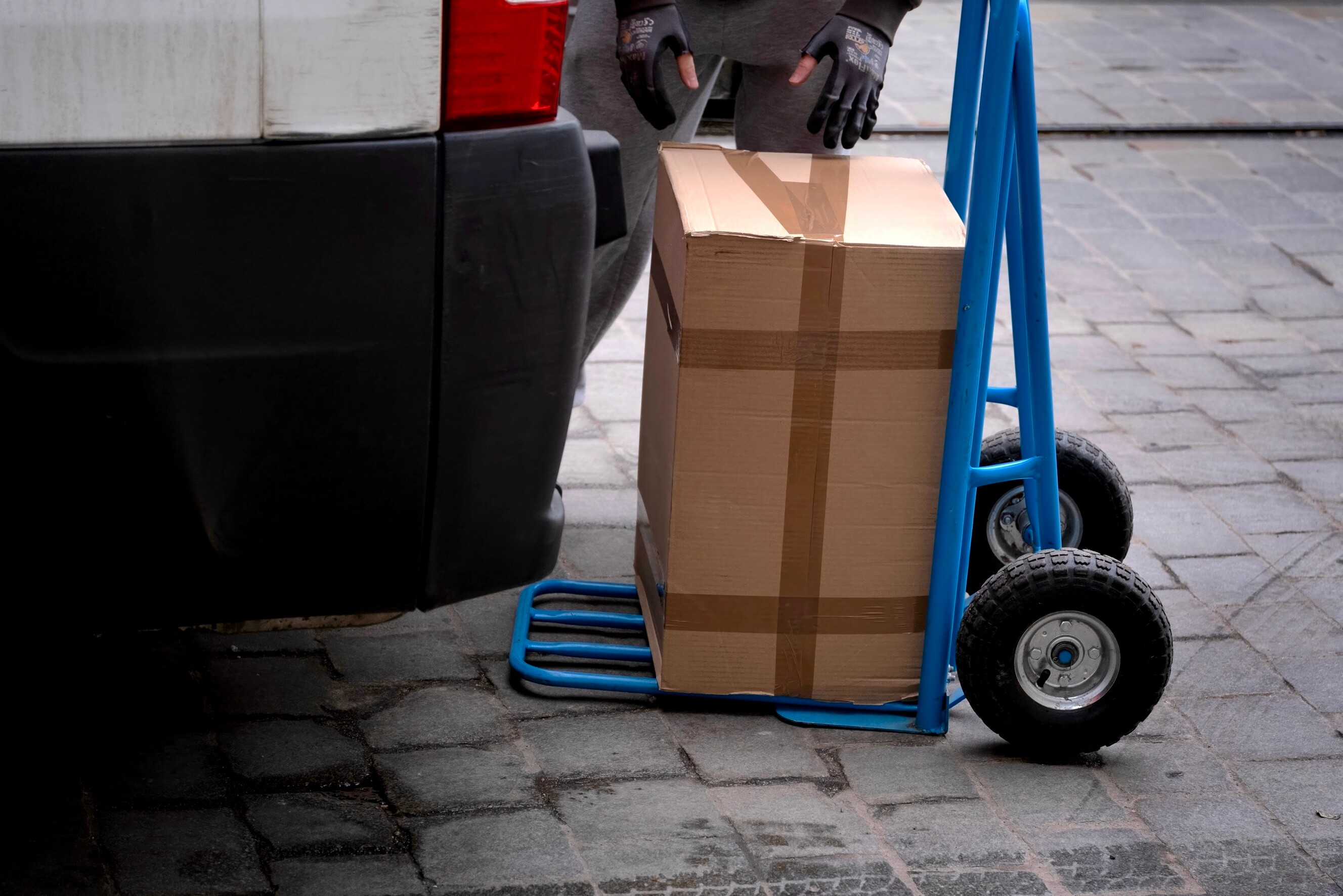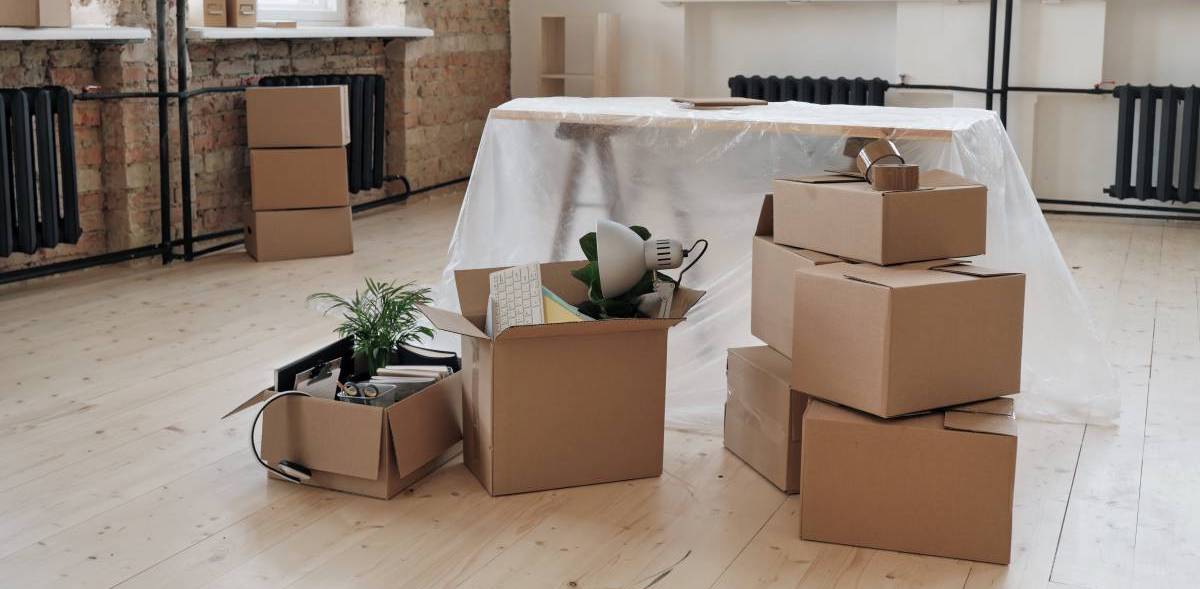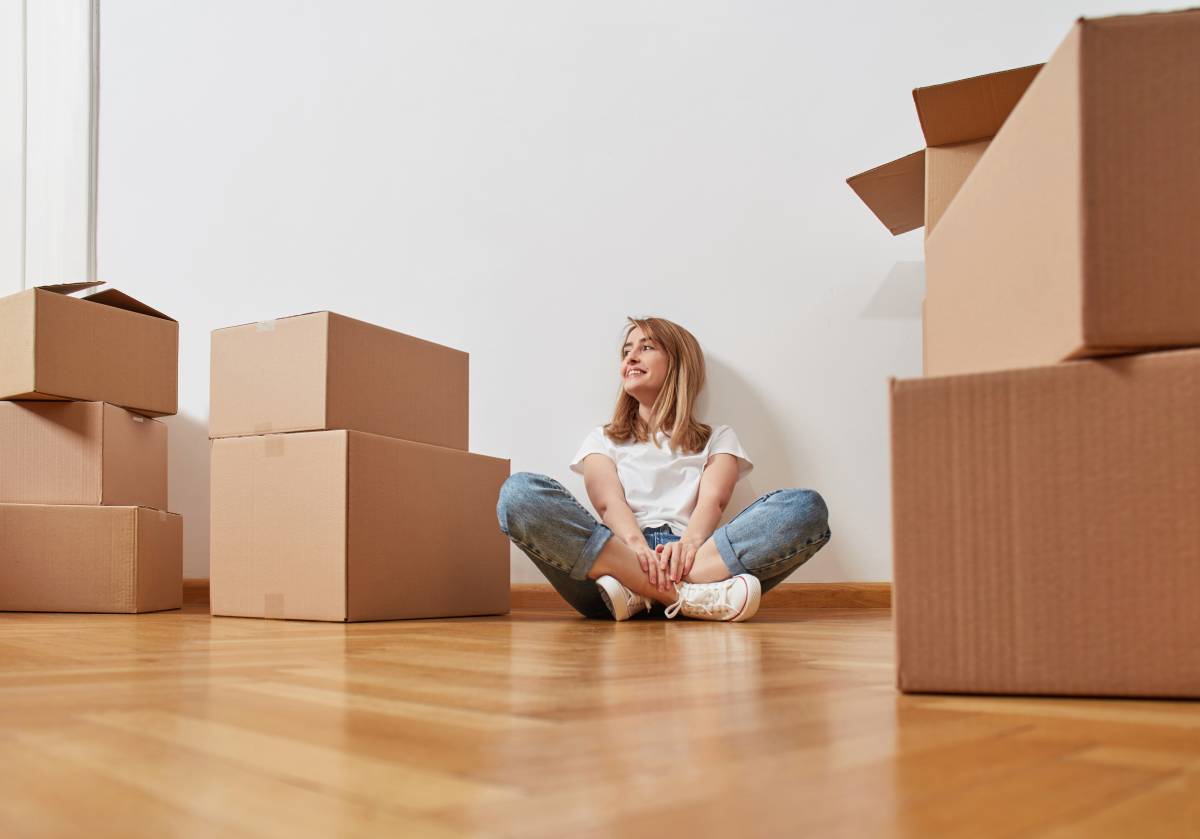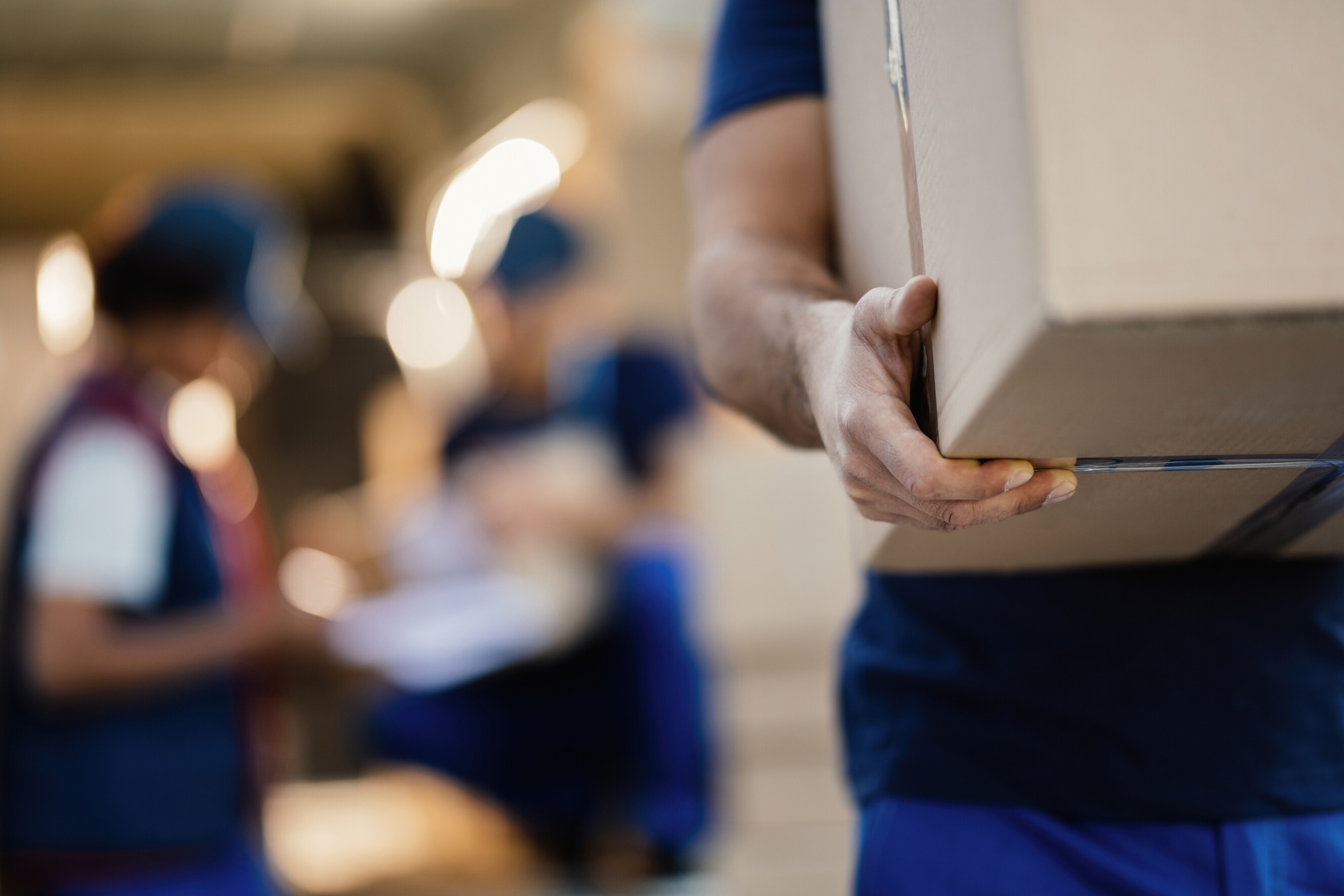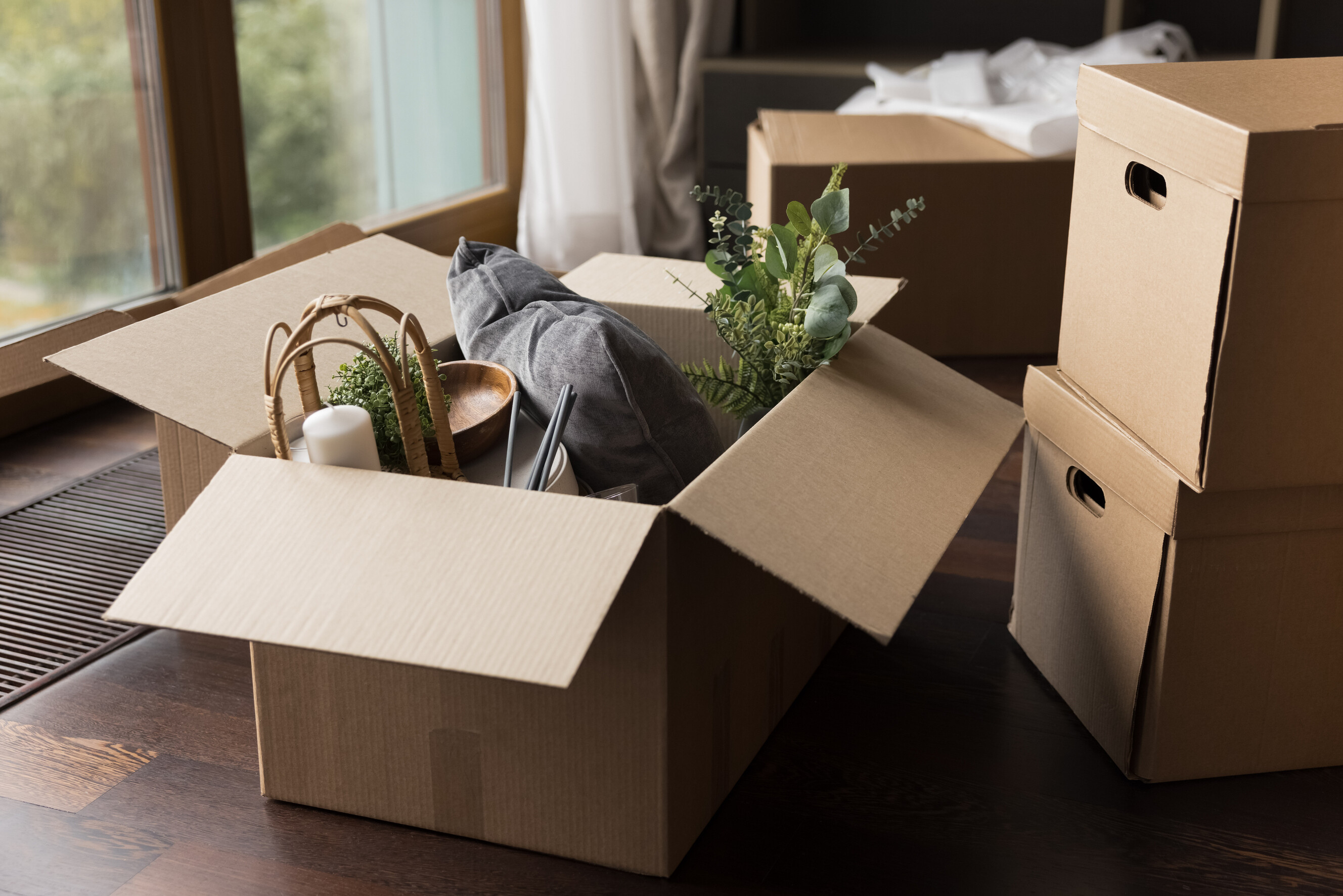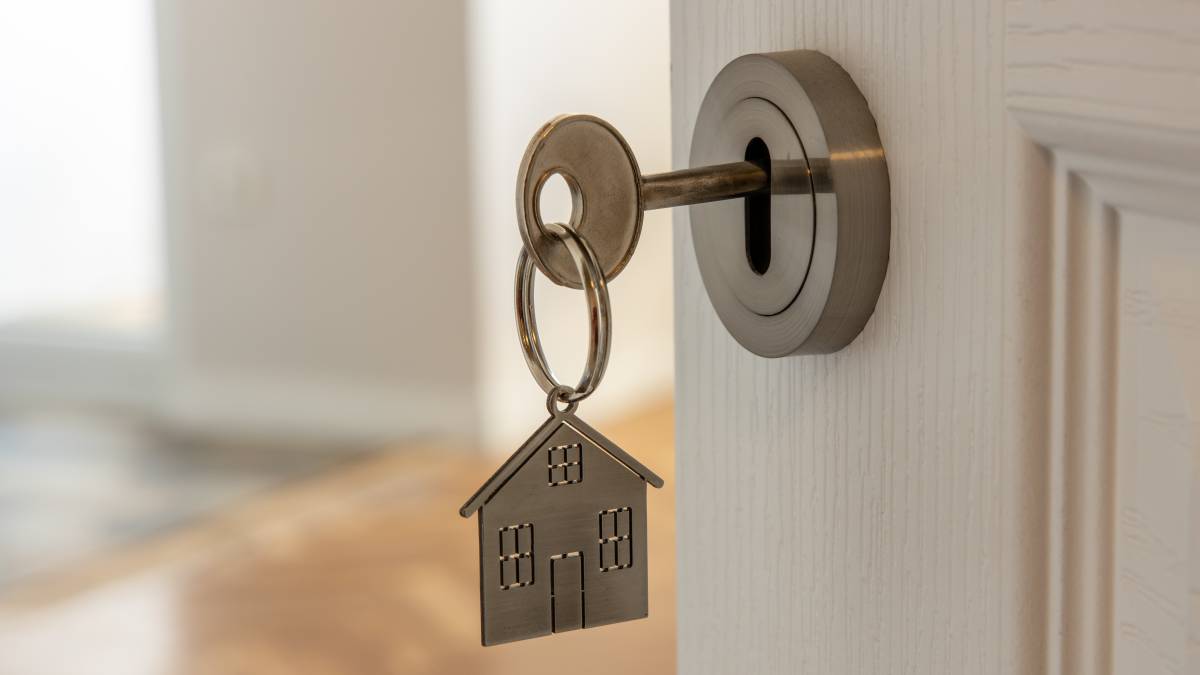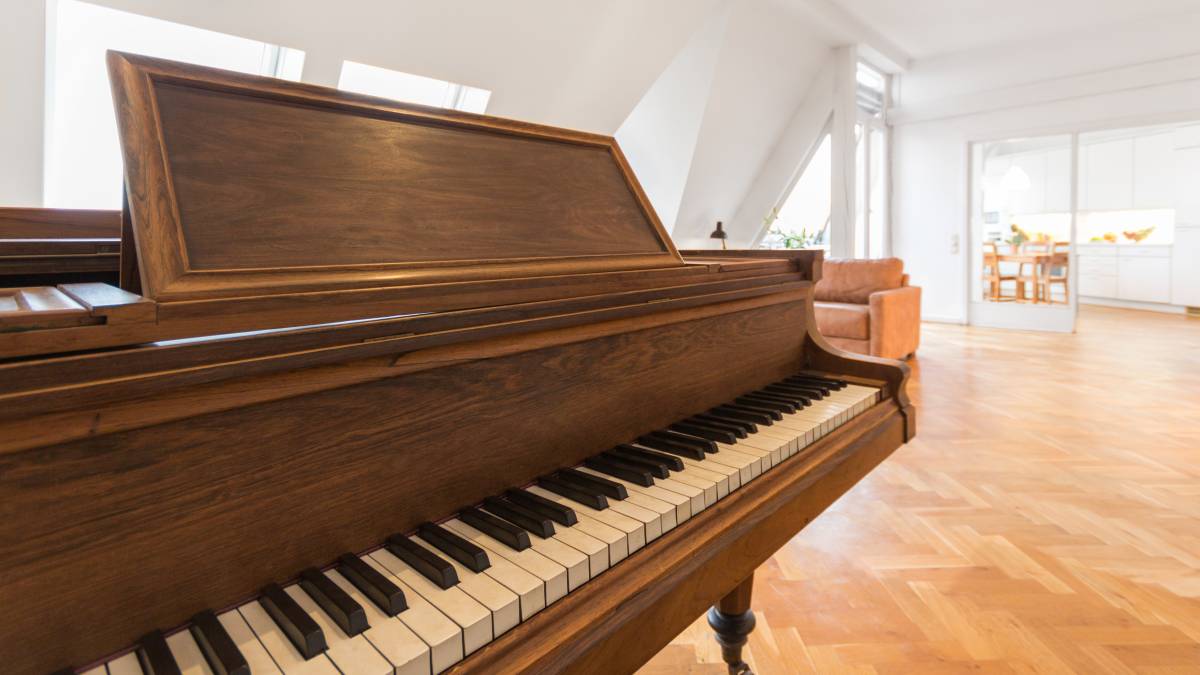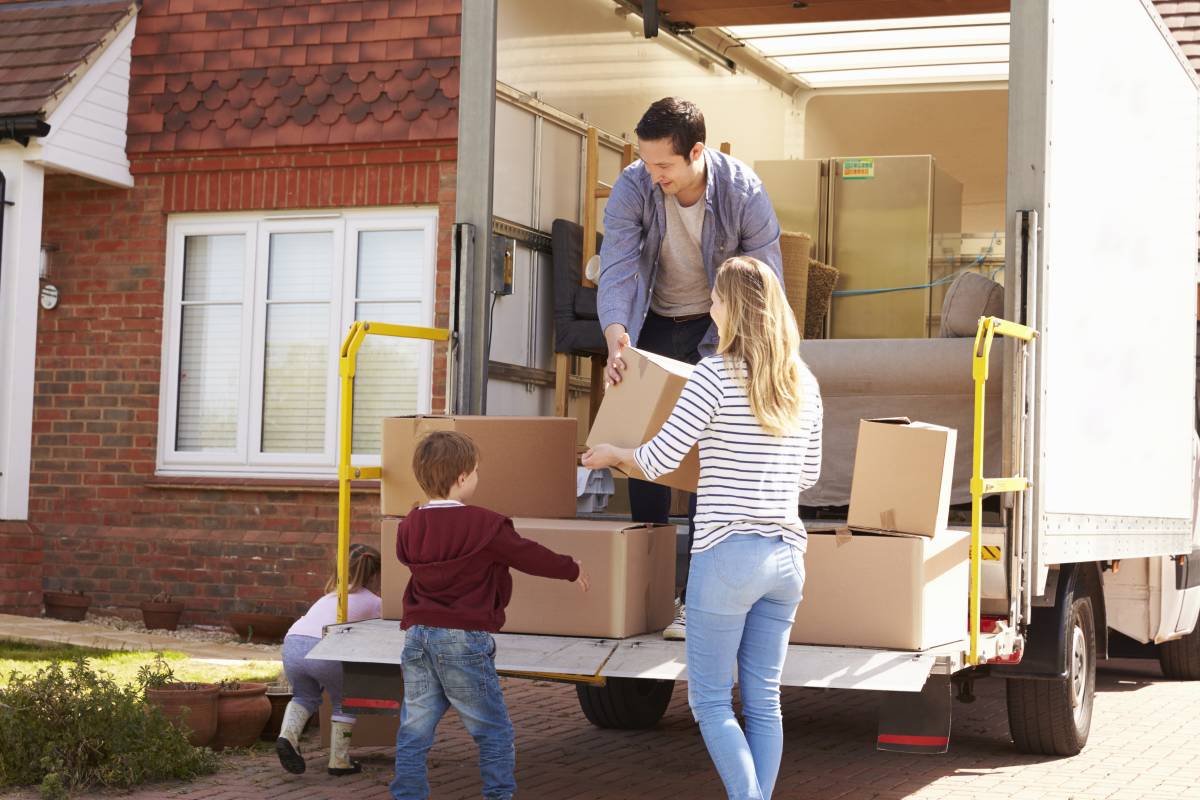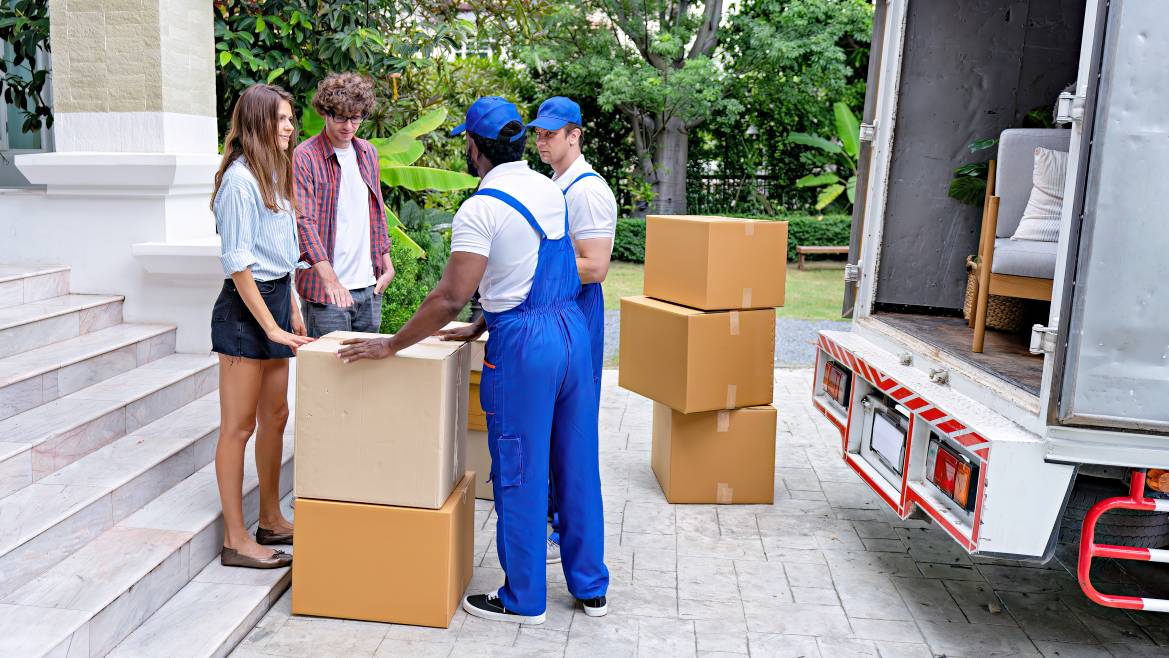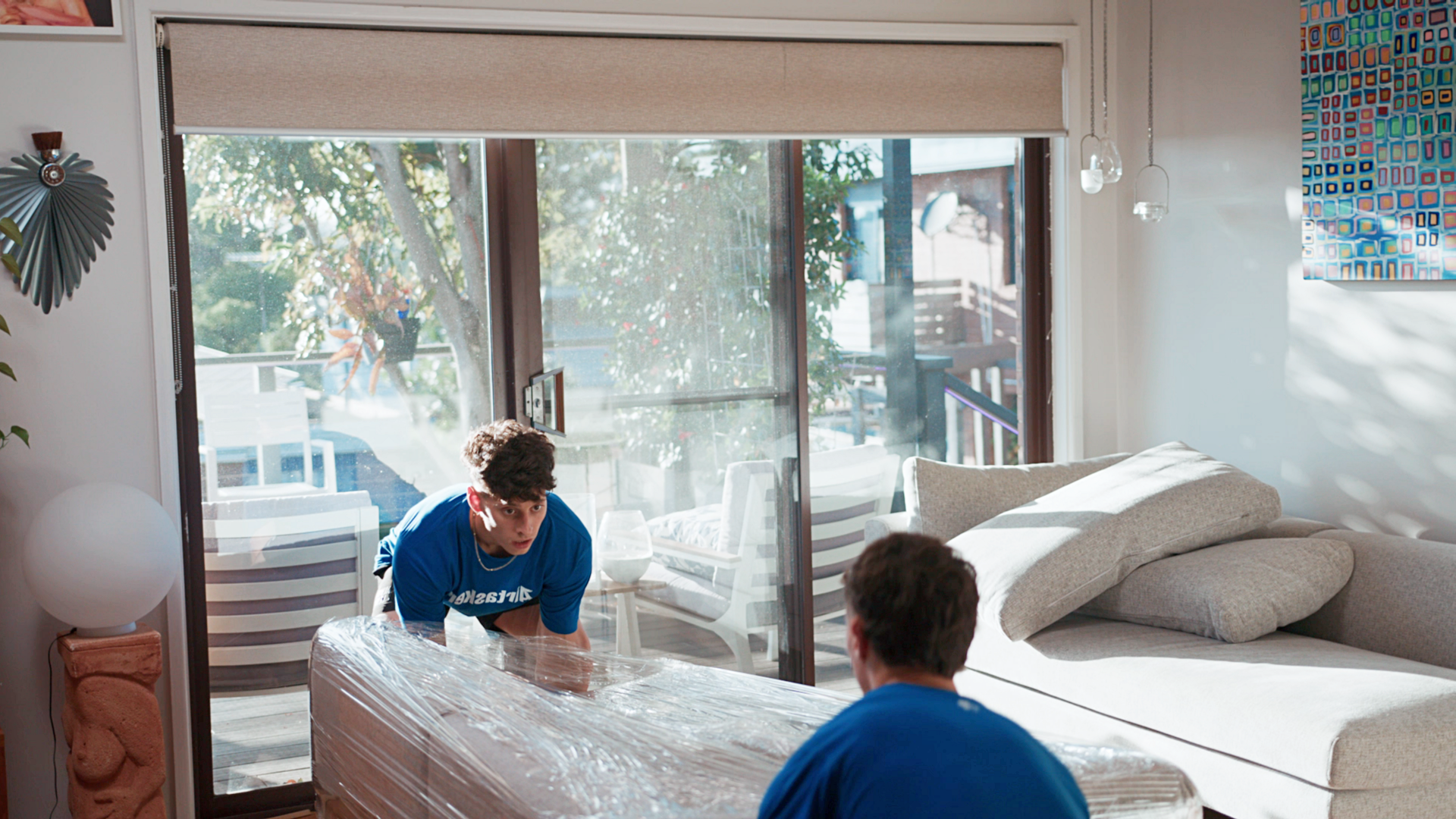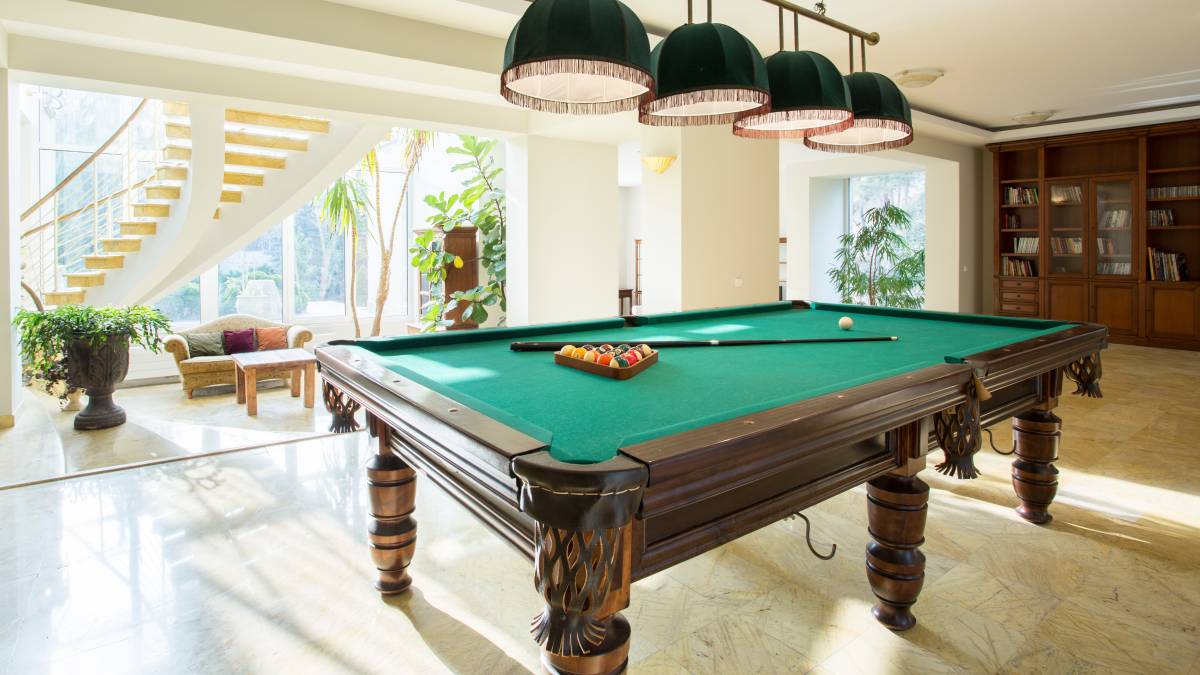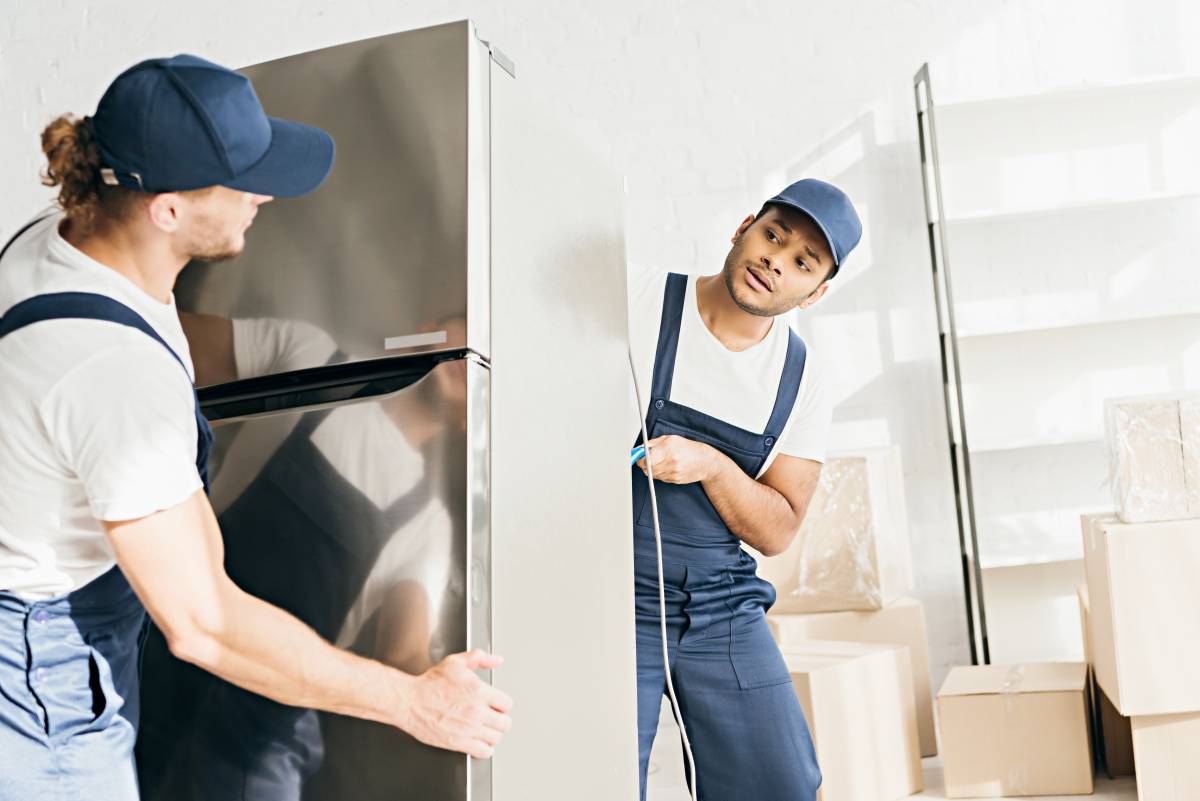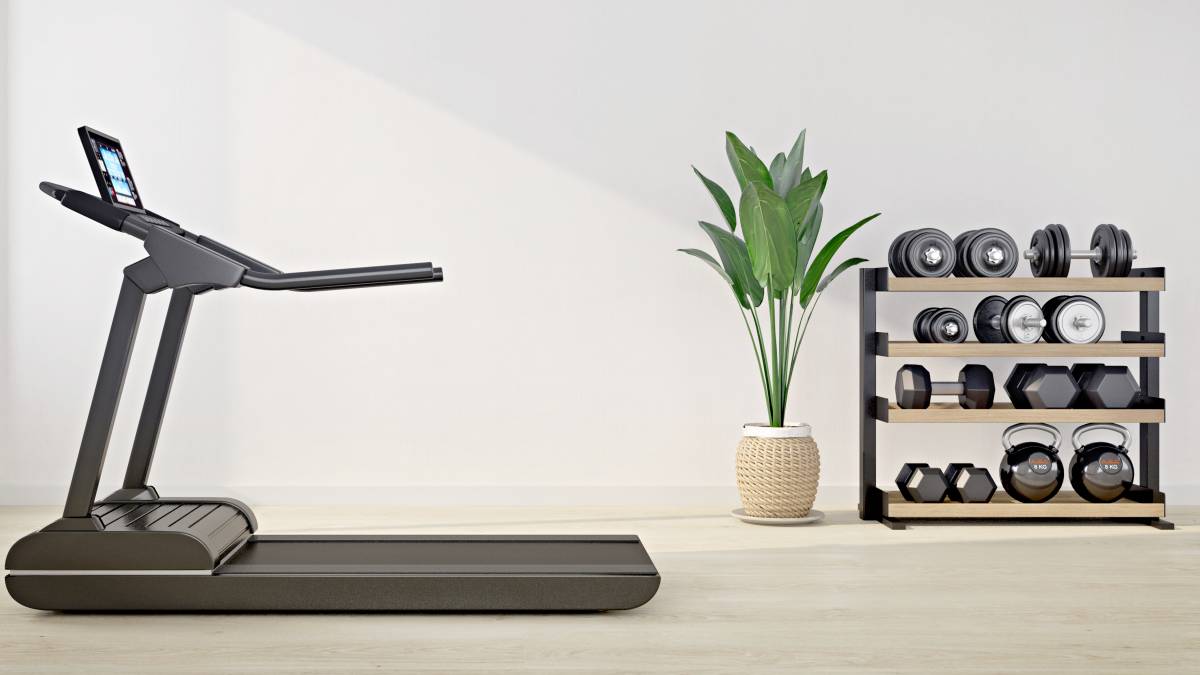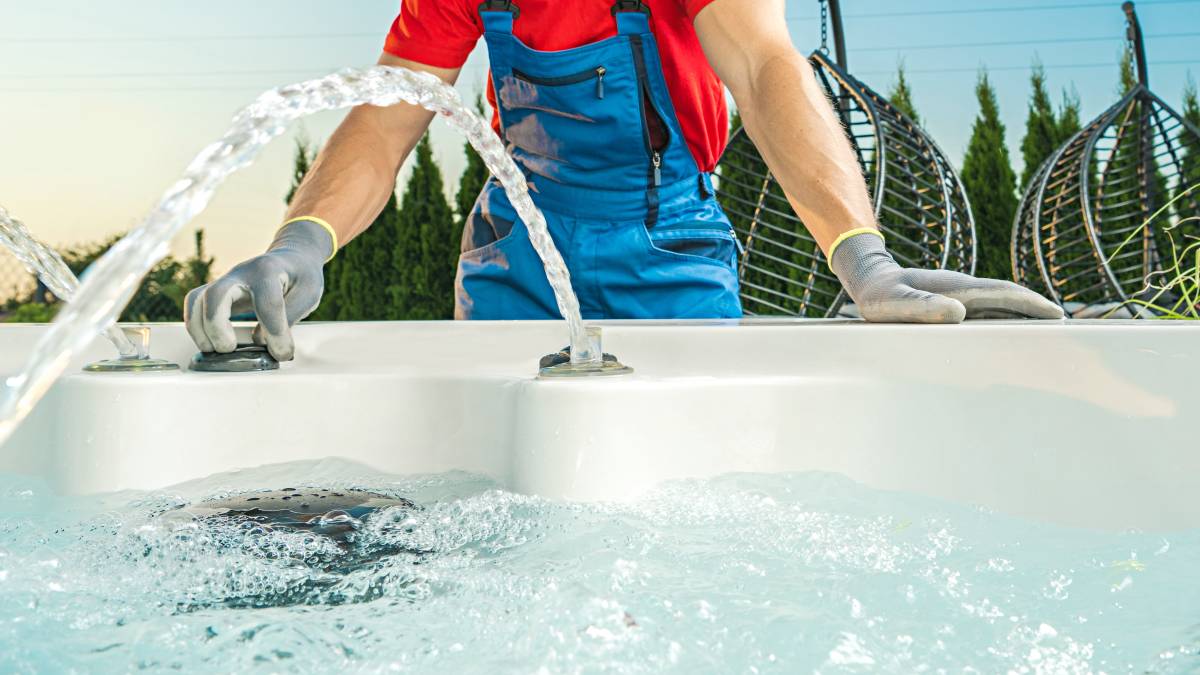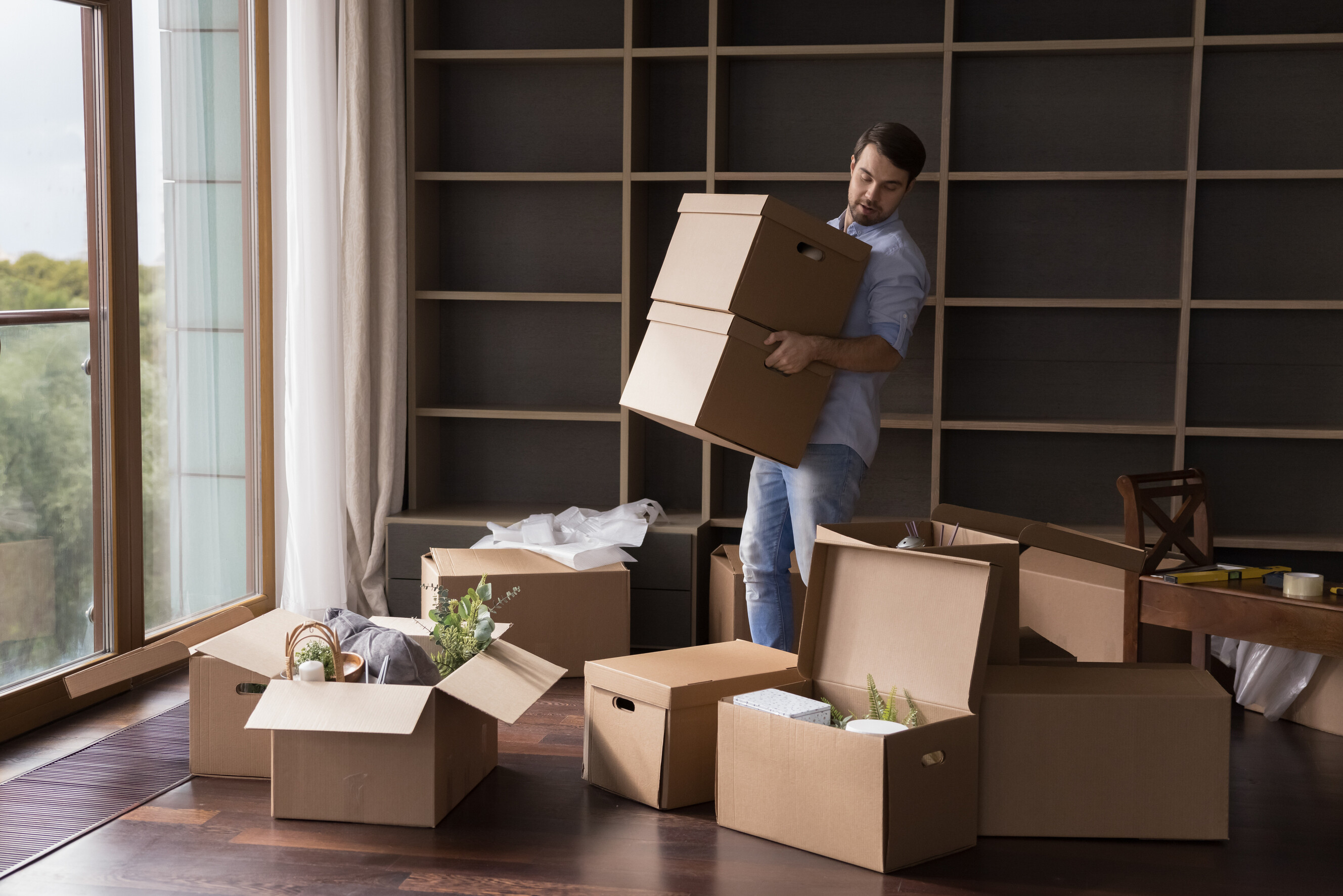
7 Hidden costs of DIY moving you need to know
Why that rental price isn’t as cheap as it seems
Find a removalistPublished on

Written by Maureen C.
Contributor
Read more about our contributor
Key Takeaways:
DIY moving involves hidden costs like per-kilometre fees, mandatory environmental fees, and insurance charges.
While it seems cheaper upfront, a DIY move can take a toll on your physical and mental health.
Without careful planning, a self-move could end up costing you more than hiring professional removalists.
Planning to move house soon? Going for that DIY route by renting a truck and handling everything yourself might seem like the cheapest option. With the Australian Bureau of Statistics reporting that more than 40% of households have moved within the last five years, you’re certainly not alone in considering this approach. But that attractive rental truck price you see advertised? It’s often just the tip of the iceberg.
This article breaks down the true cost of moving house in Australia and the hidden moving costs of DIY moving—from fuel and tolls to packing gear and insurance. You’ll also find cost-effective tips to help you plan smarter and avoid nasty surprises on moving day.
1. Actual truck hire costs
How much does it cost to move a house in Australia? Believe it or not, the big, bold ‘$80 a day’ price is rarely what you end up paying. Once you include per-kilometre fees, mandatory environmental charges, and daily insurance add-ons, your estimate for moving can quickly double, or even triple, in cost.
On top of that, rental moving trucks are huge gas-guzzlers, meaning you’ll need to budget for a hefty fuel bill and road tolls. Whether you’re moving locally or across the country, these small costs add up fast, so you need to account for them in your moving budget. Every kilometre counts.
According to the Regional Movers Index, there was a 10.5% rise in households moving from capital cities to regional areas in early 2025. Plan your route carefully and check distance-based charges to avoid surprises when you pull up at your new home.
2. Moving supply expenses
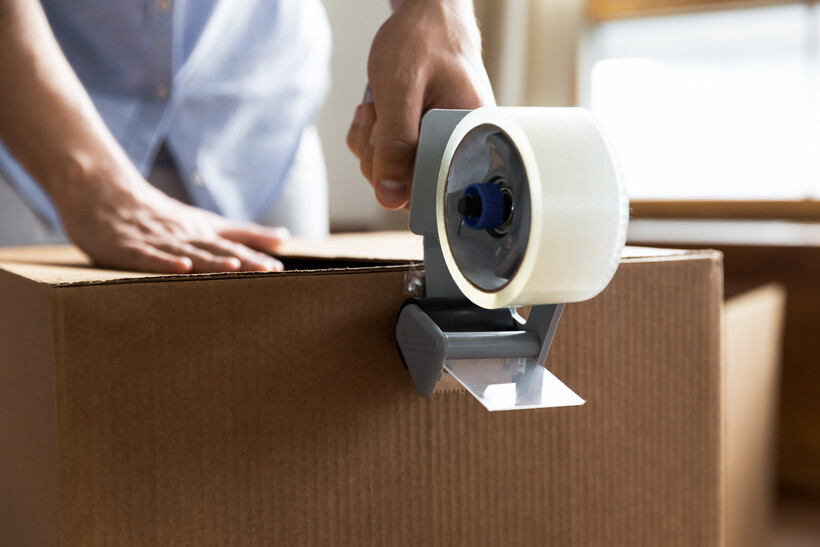 DIY packing with tape dispenser. (Source: iStock)
DIY packing with tape dispenser. (Source: iStock)
Many people think they can score packing boxes for free, but this assumption often falls short of reality. When you’re moving all your belongings from one place to another, you’ll need more than just dozens of moving boxes. You’ll also need packing supplies like tape, bubble wrap, padding, and packing paper to protect your items properly.
Here’s a look at the average moving expenses related to packing supplies:
Packing Item |
Typical Cost Range (AUD) |
|---|---|
Packing Tape |
$2.50 - $8 per roll |
Moving Boxes |
$0 - $6 per box |
Bubble Wrap |
$14 - $90 per roll |
Packing Paper |
$13 - $19 per 2.5kg |
Furniture Pads |
$14 - $30 per pack |
In addition to supplies, set aside $50 to $200 for renting essential moving equipment. These can cost more depending on hourly rates and the number of items you need. Some common equipment to help you stay organised during your self-move include:
Loading ramps
Furniture and appliance dollies
3. DIY moving insurance gaps
One of the biggest risks in a self-move is insurance, or lack thereof. Many homeowner or renter policies in Australia don’t cover belongings in transit. According to the Financial Rights Legal Centre, if you’re in an accident while driving your rental truck, you could be personally liable for damages.
Rental companies typically insure only the moving vehicle, not your items. So, you may need to purchase separate transit insurance, which can be both costly and tedious to arrange. Without it, a single mishap could leave you out thousands of dollars.
4. Damage and repair costs
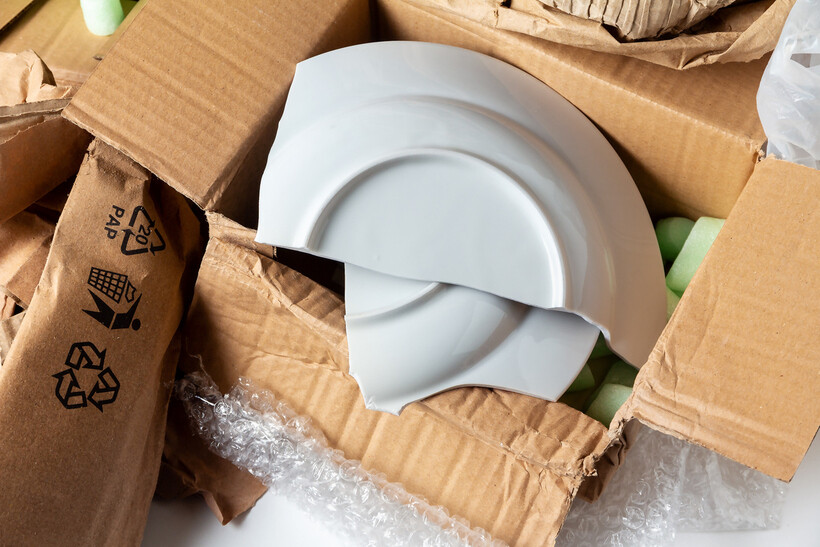 Fragile kitchenware damaged in transit. (Source: iStock)
Fragile kitchenware damaged in transit. (Source: iStock)
The risk of dropping your telly, scratching the hardwood floor, denting a wall, or damaging other prized possessions during a DIY move is never zero. Without professional packing and lifting techniques, even minor accidents can quickly eat into your savings.
With living costs in Australia rising 1.7%–3.1%, an uninsured repair or replacement bill (around $100 for a broken chair or table leg) could impact your budget. A single mistake on moving day could end up costing you more than hiring professional removalists would have.
5. Time and lost income
A DIY move doesn’t just happen during business hours. It takes multiple days of packing, loading, driving, unloading, and unpacking. So it’s worth having a squiz at how much your time is worth and considering whether you’re prepared to take time off work.
Remember, those days of missed income for two (or more!) people can rack up to a fair amount. Beyond investing these working hours, moving also takes a mental toll on anyone planning to do everything themselves. While you may expect to save on moving fees and services for your new house, it could cost you elsewhere, in the form of your time and lost wages.
6. Injury and medical costs
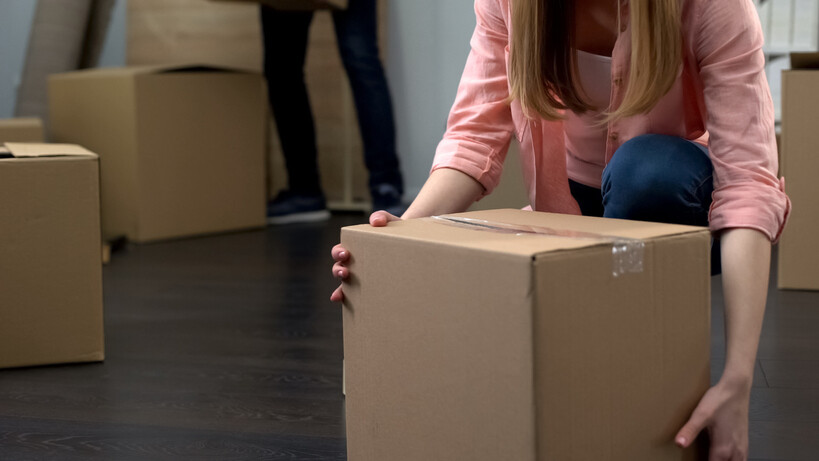 Lifting a packed box during a DIY move. (Source: iStock)
Lifting a packed box during a DIY move. (Source: iStock)
Here’s a cost many don’t consider until it’s too late: medical bills. Lifting heavy furniture from one place to another without proper gear or technique can lead to serious strains on your back, knees, or muscles. These seemingly temporary physical injuries can cost you expensive medical bills and treatments if you’re not careful.
Before you attempt to save money and take shortcuts on carrying that heavy couch all on your own, think carefully about these unexpected moving costs. Prioritise safe handling techniques when performing heavy lifting.
7. Post-move cleanup costs
The big residential move isn’t over when the ute or truck is empty. Many DIY movers often forget about post-move cleanup, especially if they’re renting. You might have settled comfortably into your new home after moving by yourself, but that rubbish pile at your old place? You can’t ignore it forever.
Factor in the cost of making multiple trips to dispose of unwanted items and junk—both petrol and your time add up. More importantly, don’t risk losing your bond because your old place wasn’t cleaned properly.
End-of-lease cleaning is key to getting your bond back and avoiding disputes with your landlord. In Australia, the average cost for an end-of-lease clean for a standard three-bedroom home typically ranges from $120 to $360, depending on your suburb, the extent of cleaning required, and how long the job takes.
Move smart with the help of the pros
While DIY moving is the right choice for some, why put yourself through all that stress when you could hire the pros instead? Professional removalists bring the experience, proper gear, and packing skills that can protect your precious belongings from damage. More importantly, they can spare you the physical and mental toll of moving—so, really, is doing it all yourself worth the risk?
If you’re looking for trusted experts, Airtasker lets you connect and compare quotes from top-rated removalists near you. Booking is flexible, with options for same- or next-day service where available.
Learn more about our contributors

Written by Maureen C.
Contributor
Maureen C. is a writer with a passion for crafting clear, meaningful content. With a degree in English Literature and experience writing for lifestyle and educational platforms, she brings a thoughtful approach to topics such as home safety and improvement, logistics, and eLearning. Outside of writing, she enjoys reading and walking her dogs.
FAQs on DIY moving
In Australia, a good moving budget typically ranges from $3,000 to $5,000 for a local or interstate move. Long-distance self-moves can balloon up to $10,000 or more once you add extras like packing services, storage, temporary accommodation, and cleaning fees.
The most expensive part of moving is paying removalist fees or hiring professionals. Their rates typically range from $100 to $280 per hour, depending on the location of your new address and the services required.
The cheapest way to move a house is usually the DIY route, where you rent a truck and handle the packing and transport by yourself. But remember: DIY moves come with hidden costs, risks, and time trade-offs that might make hiring professionals the smarter choice.
Find removalists, fast
Find a removalist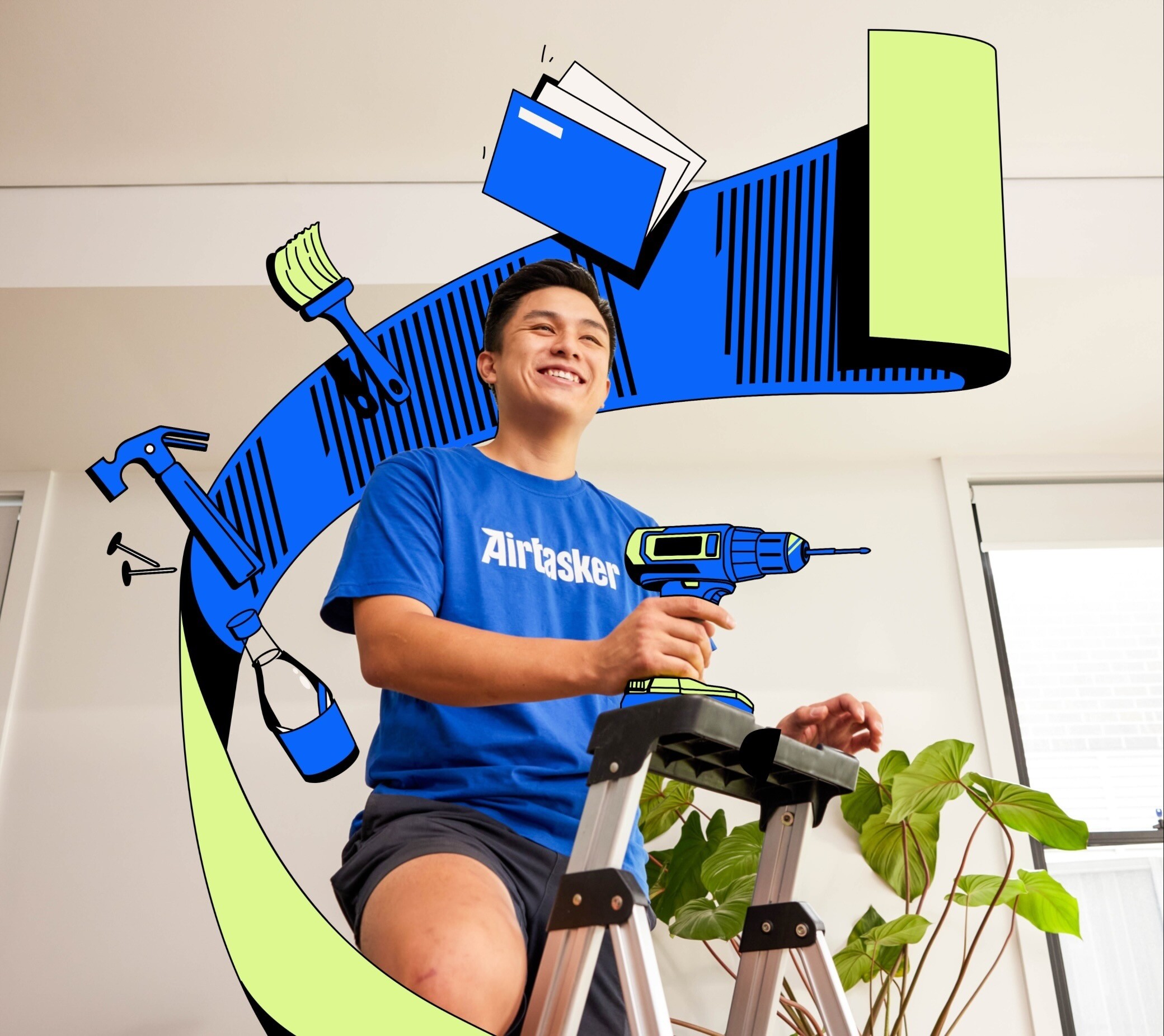
Related articles
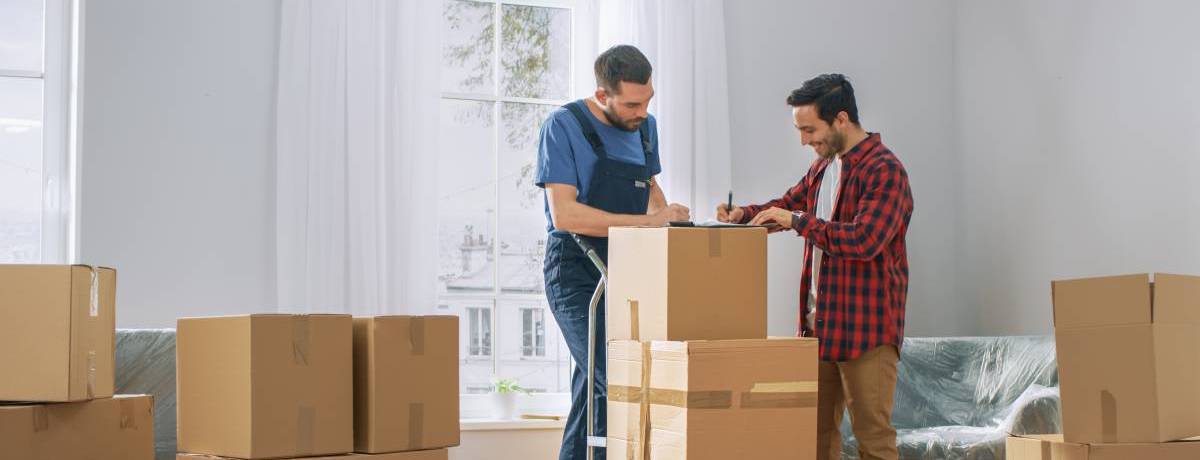
A guide to becoming a removalist
Read more
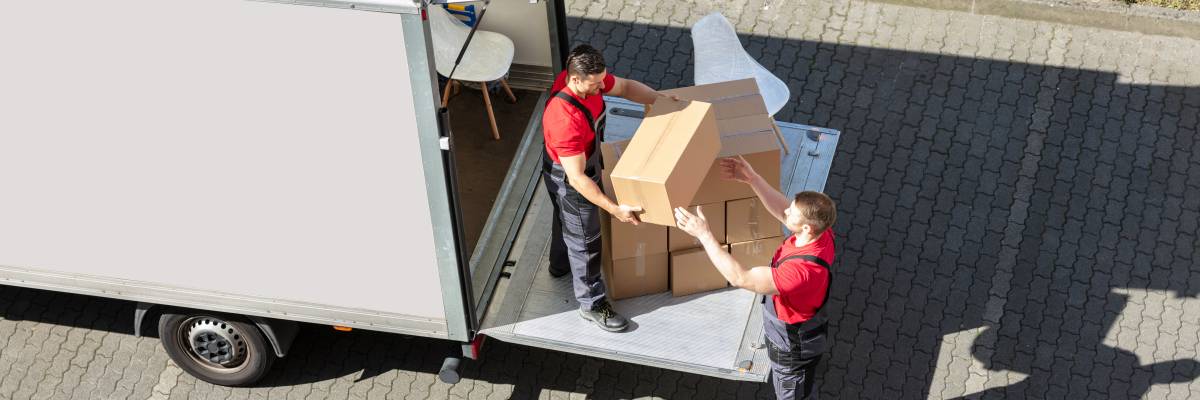
How much do removalists make?
Read more
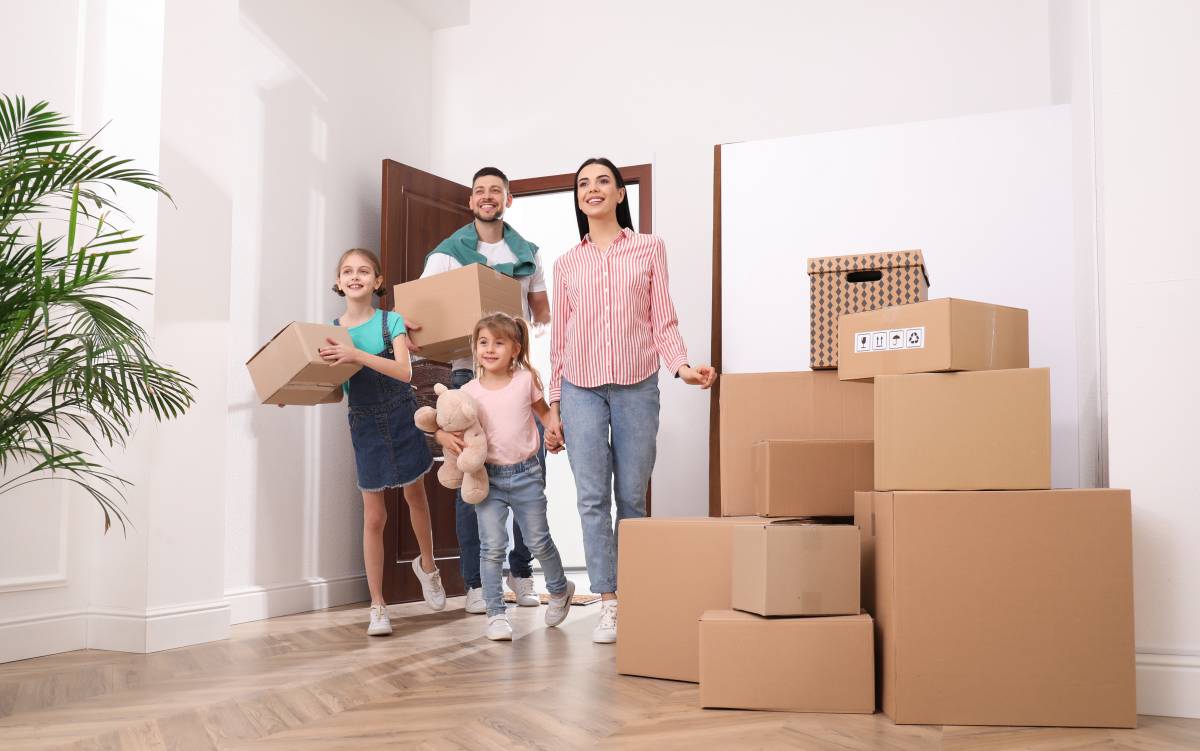
Tips for moving house with kids
Read more
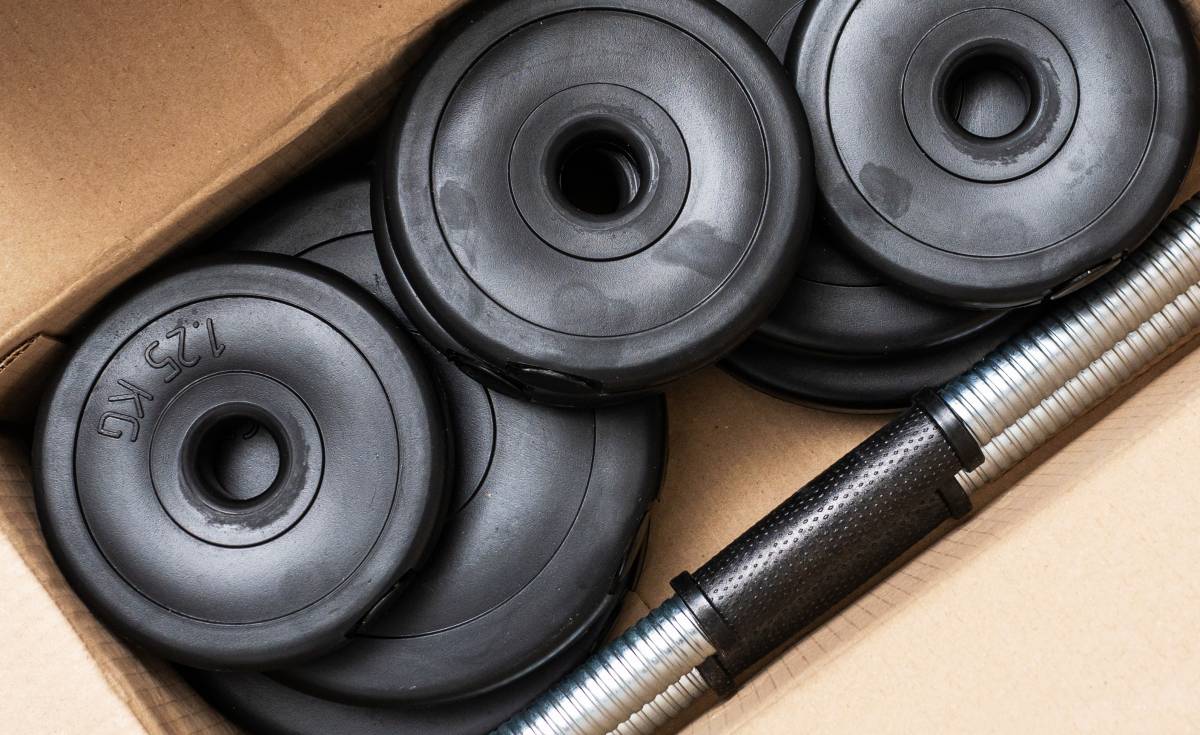
How to move gym equipment safely
Read more
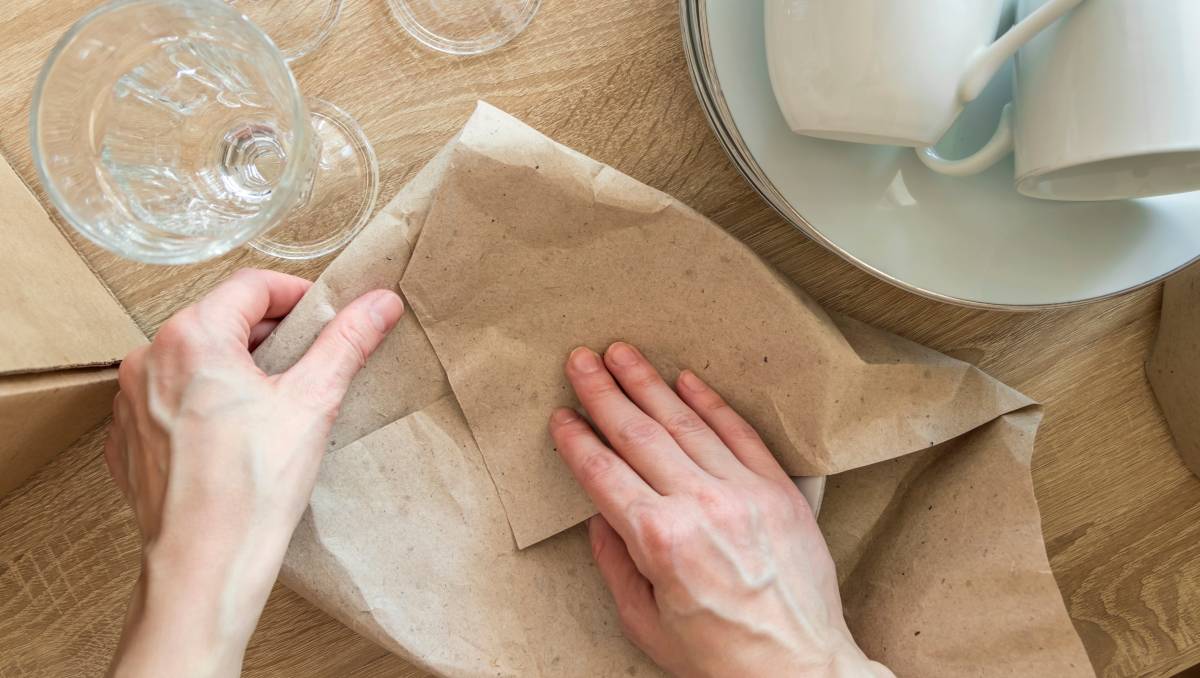
How to pack kitchen items
Read more
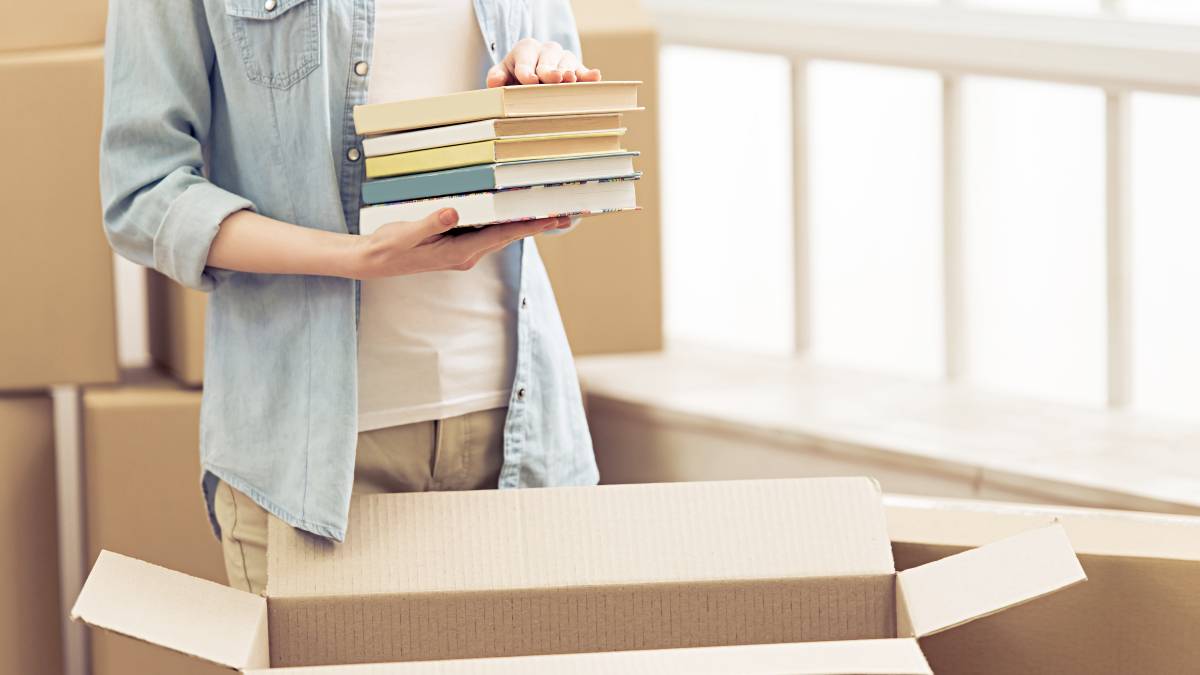
How to pack books for moving
Read more
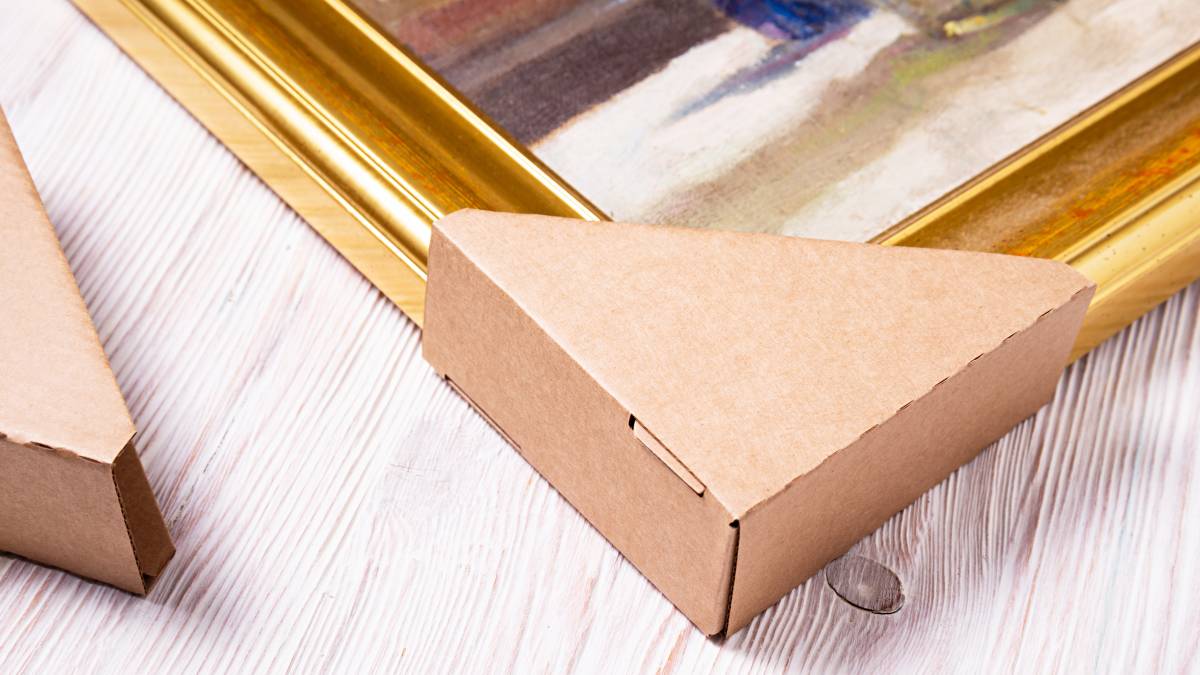
How to pack artwork for moving
Read more
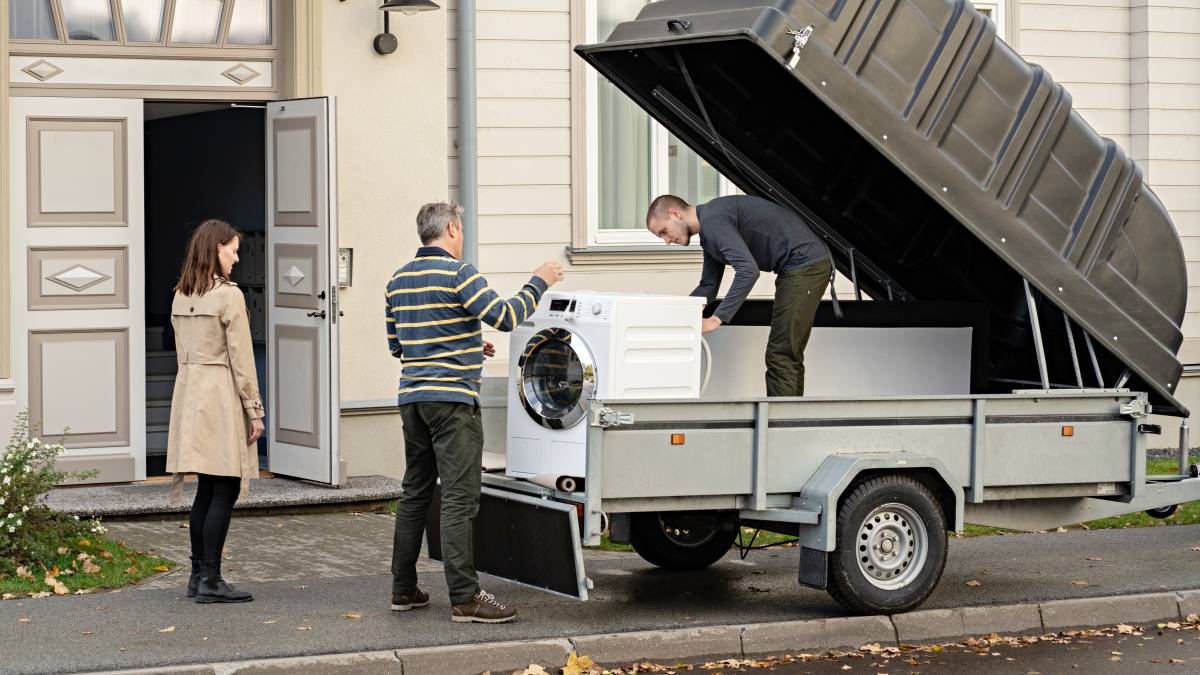
How to move a washing machine
Read more
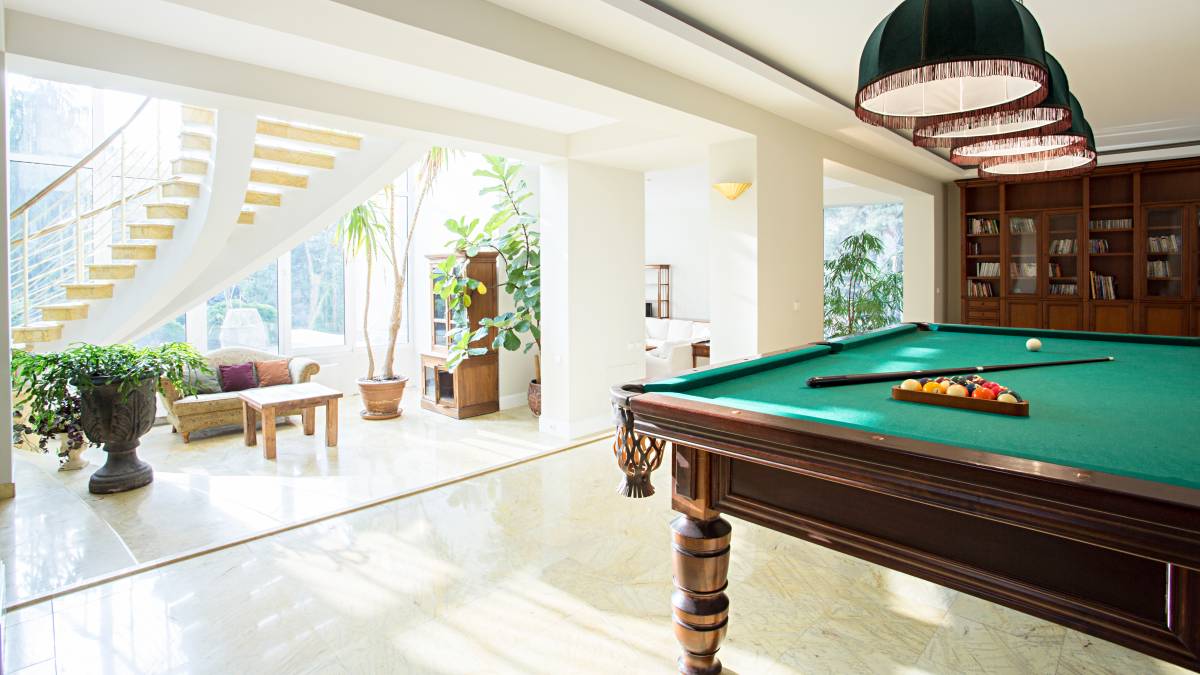
How to move a pool table
Read more
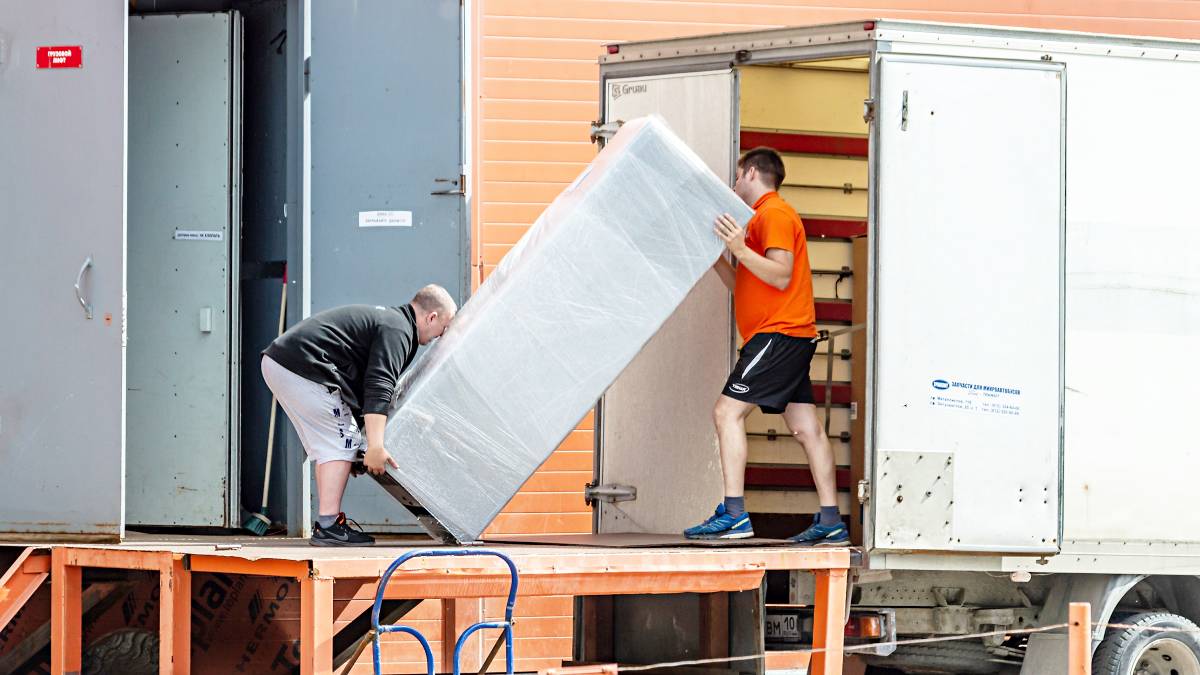
Moving a fridge: How to do it right
Read more
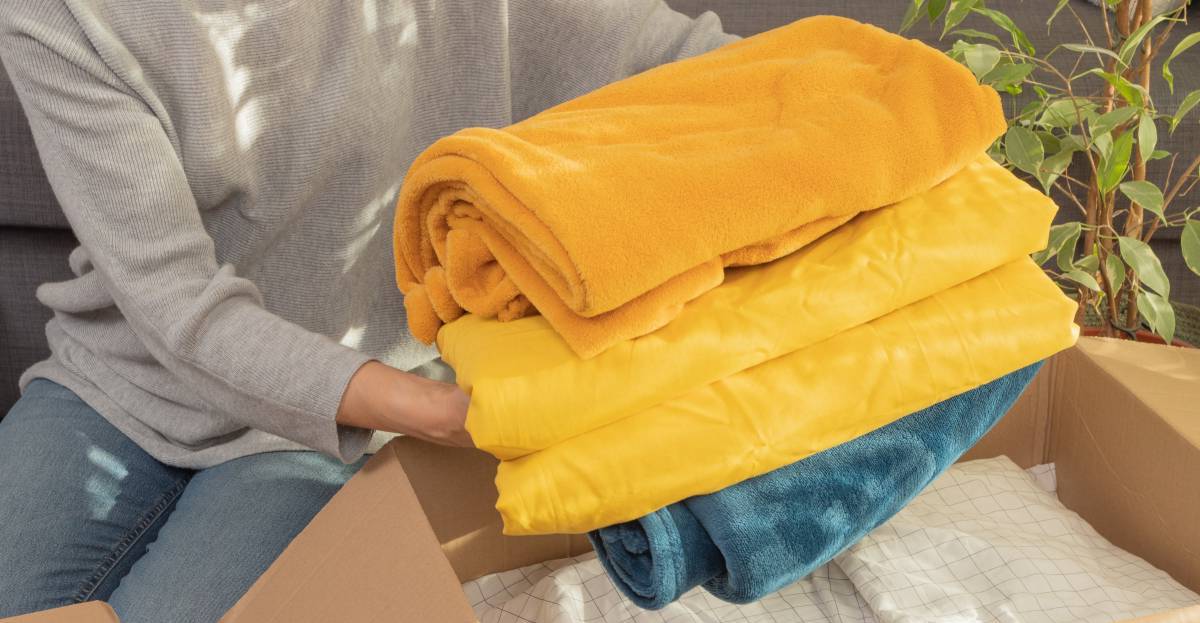
How to pack bedding for moving
Read more
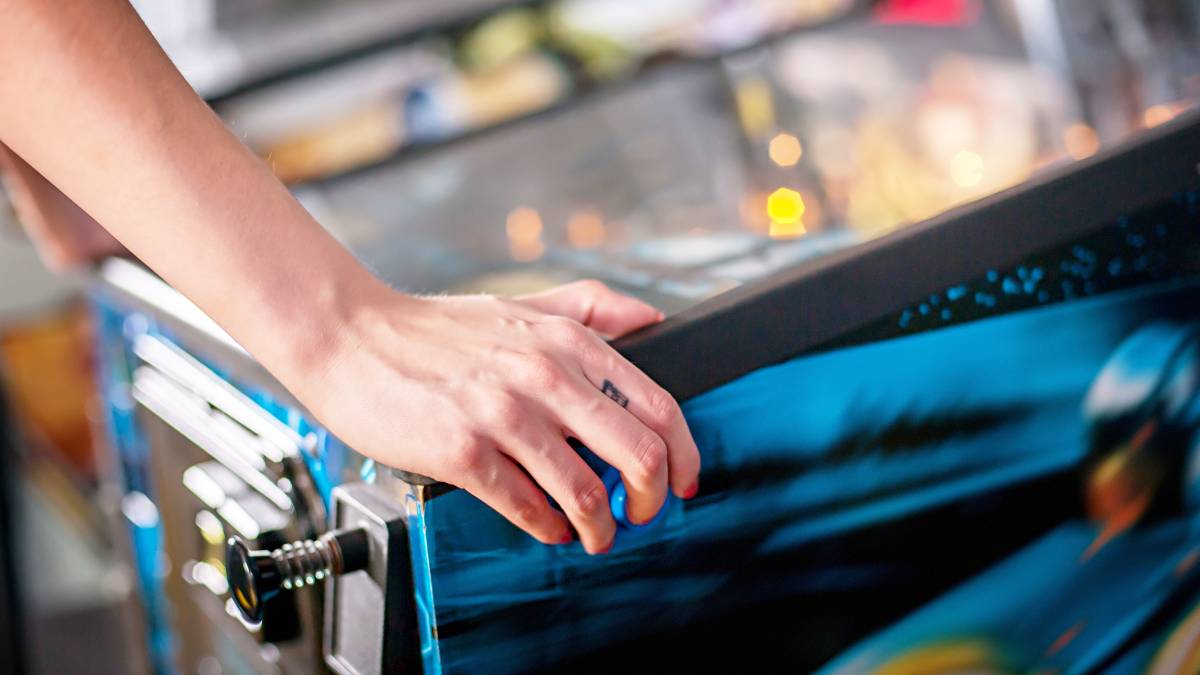
How to move a pinball machine
Read more
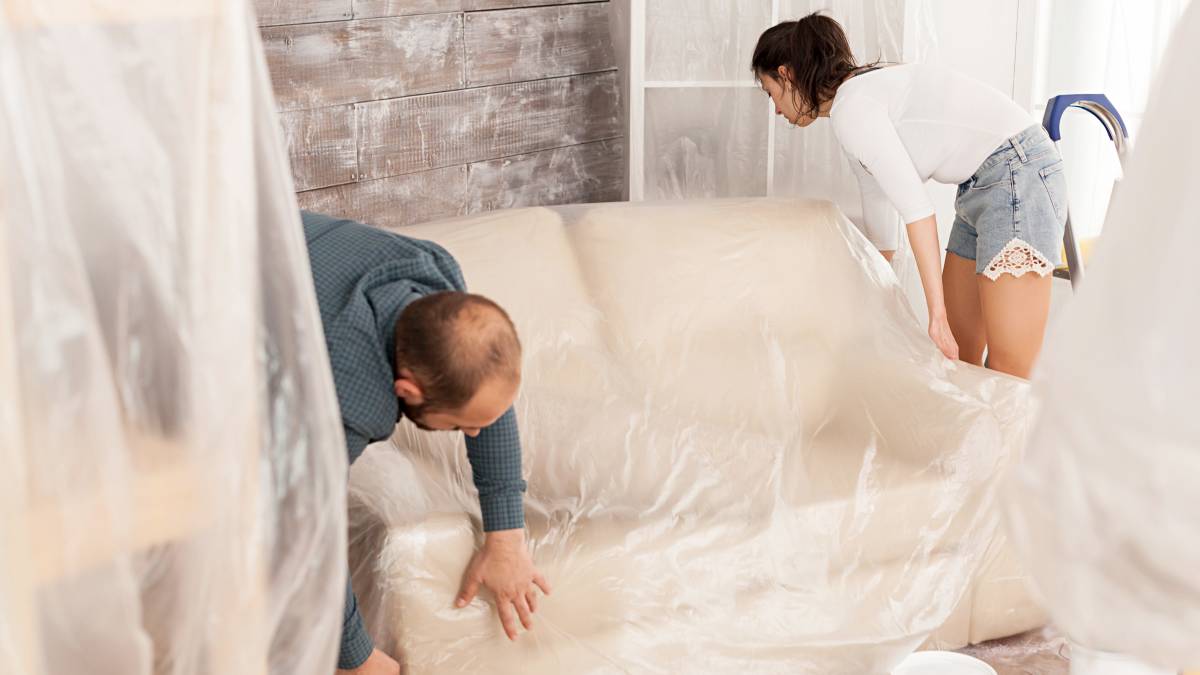
How to wrap furniture for moving
Read more
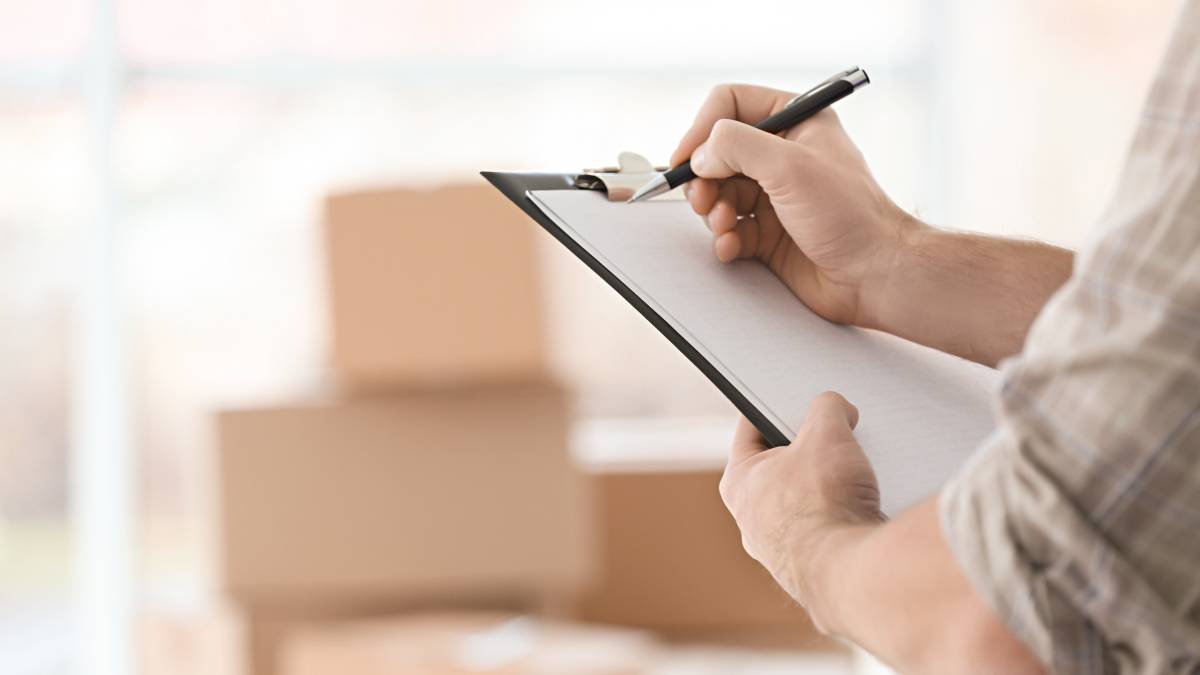
What removalists won’t move
Read more
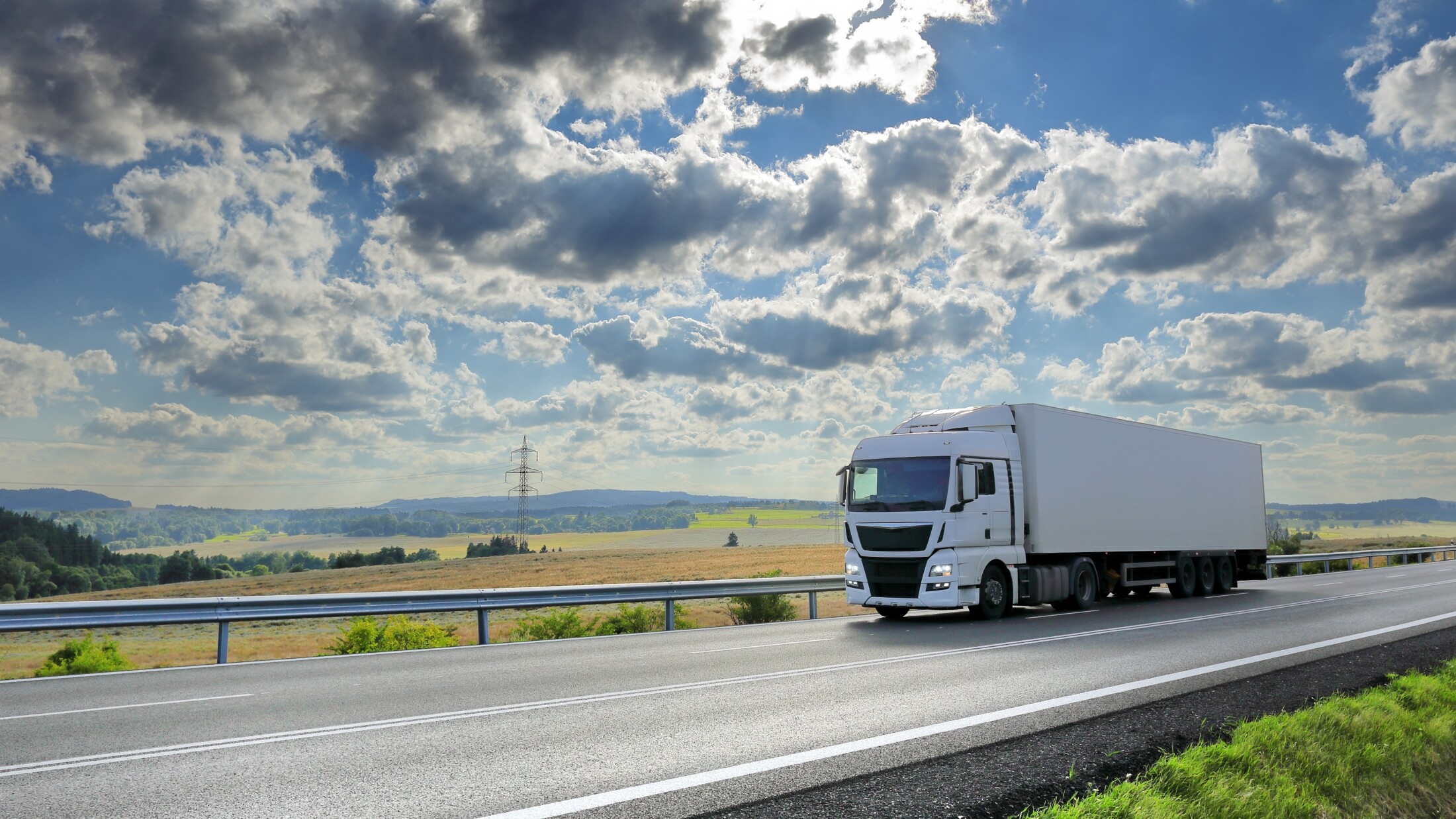
Moving interstate checklist
Read more
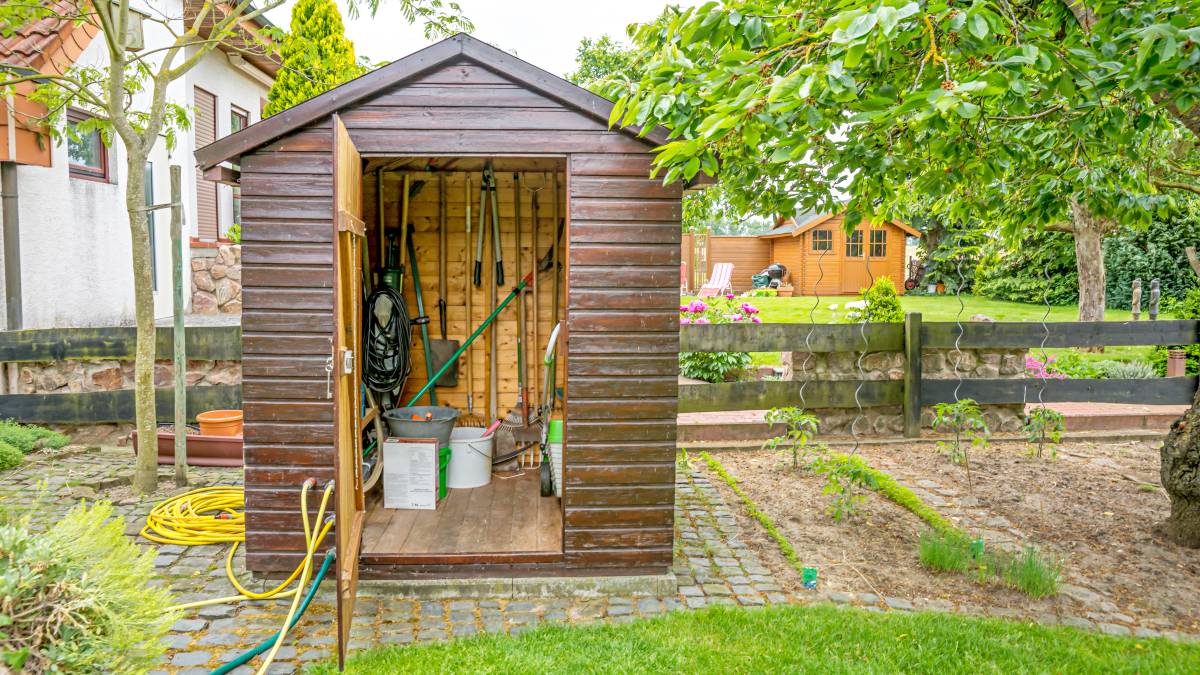
How to move a shed
Read more
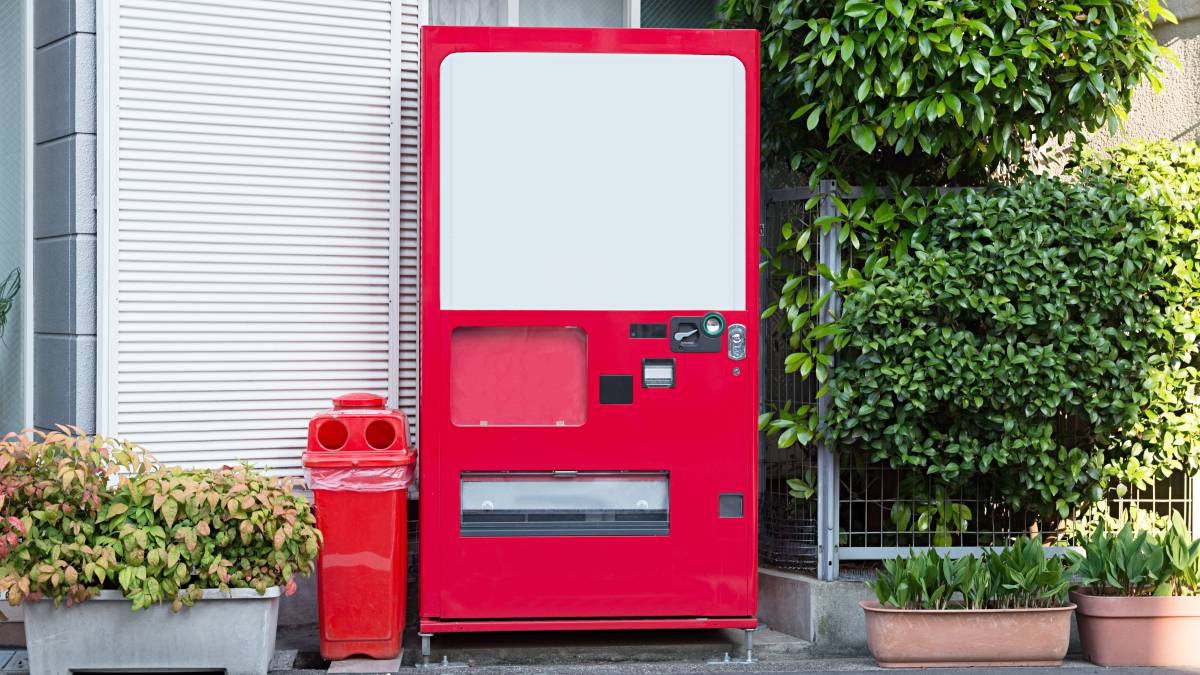
How to move a vending machine
Read more
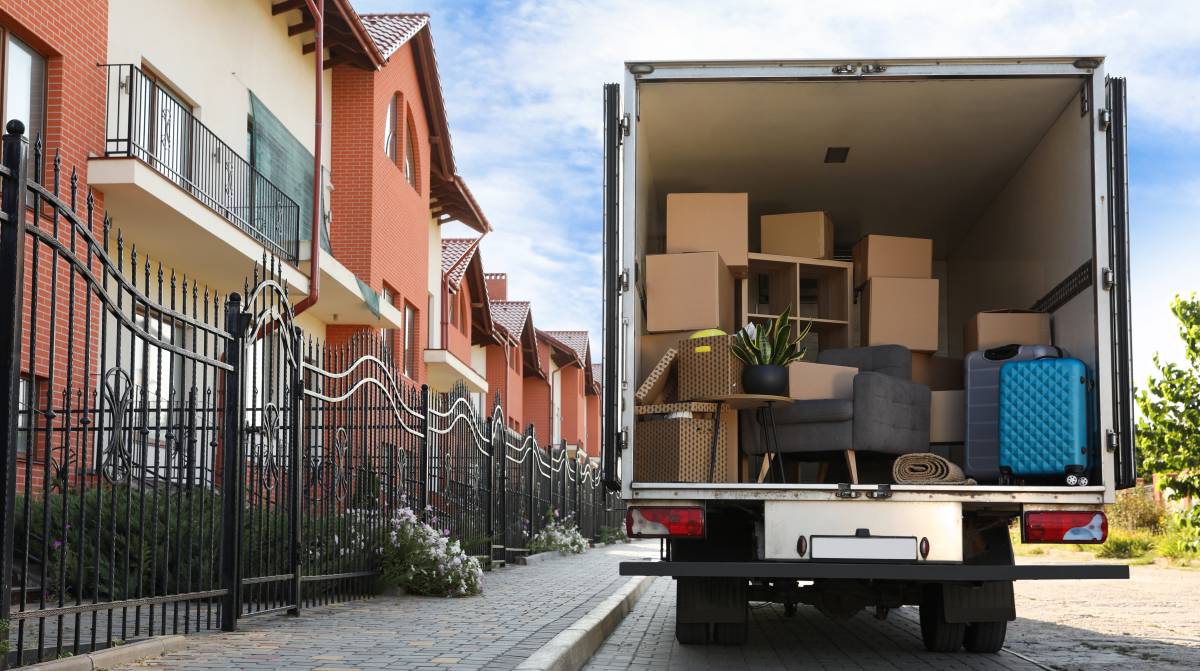
How to pack a moving truck
Read more
Related price guides
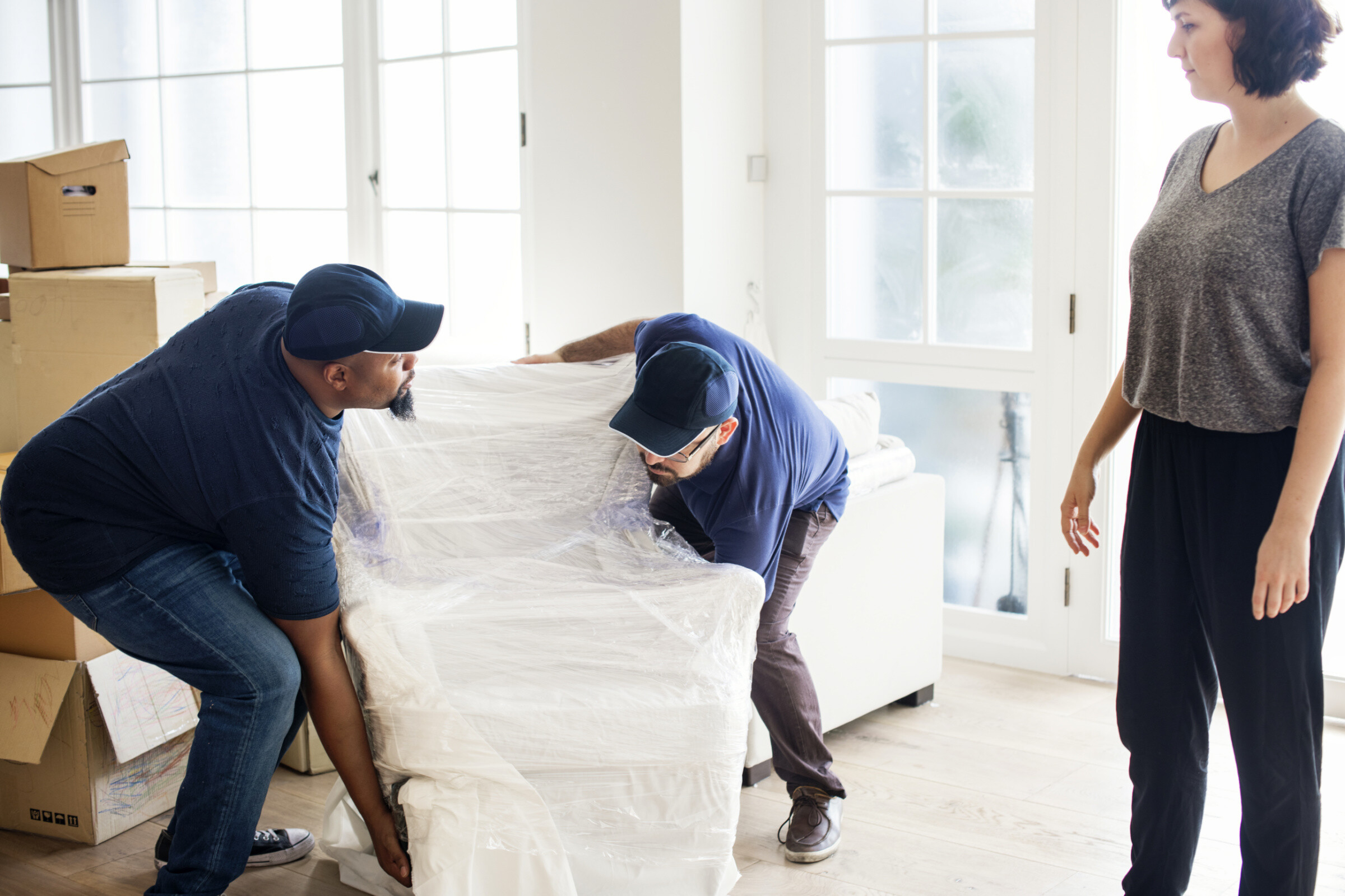
How much does it cost to move house?
Read more
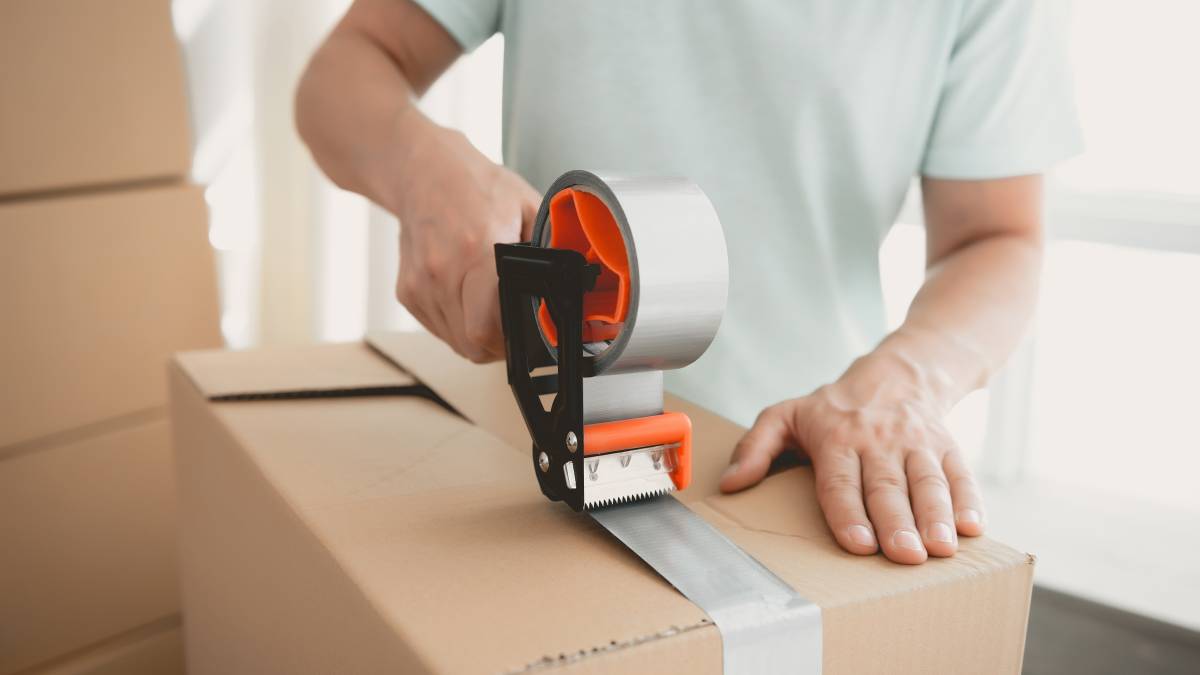
How much do packers cost?
Read more
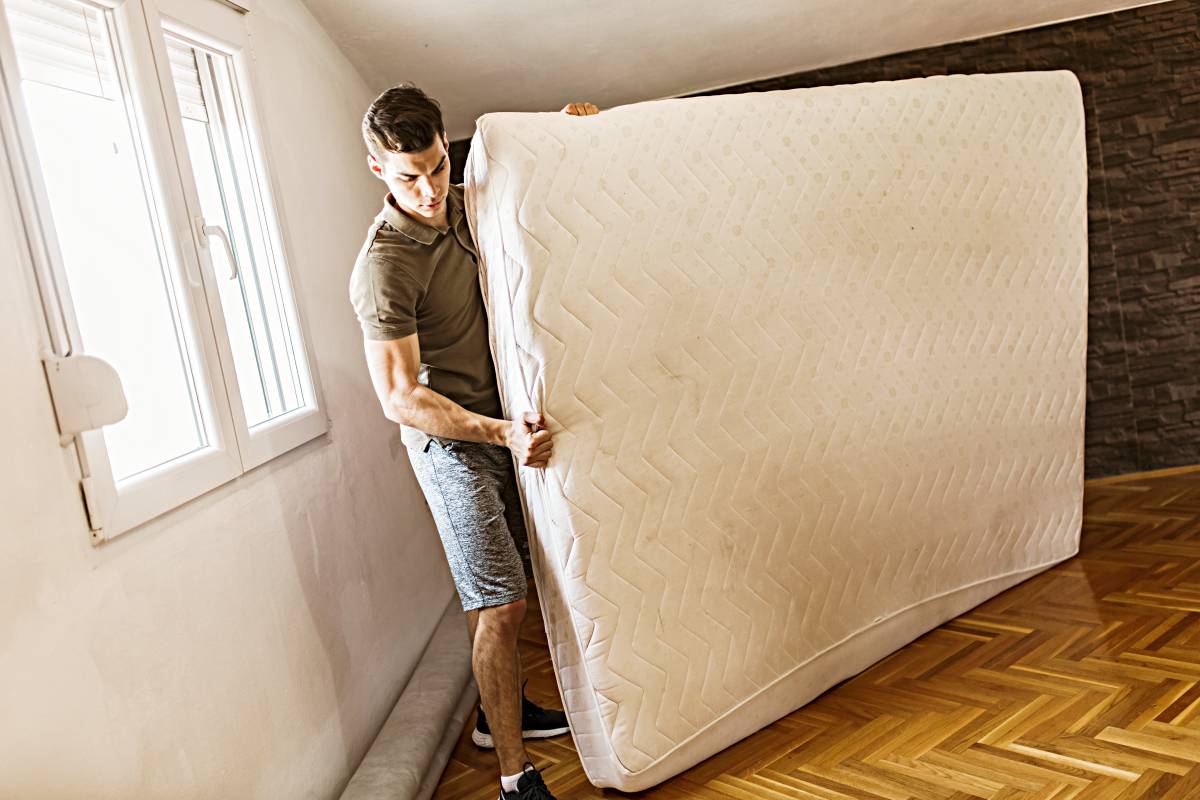
How much does mattress removal cost?
Read more
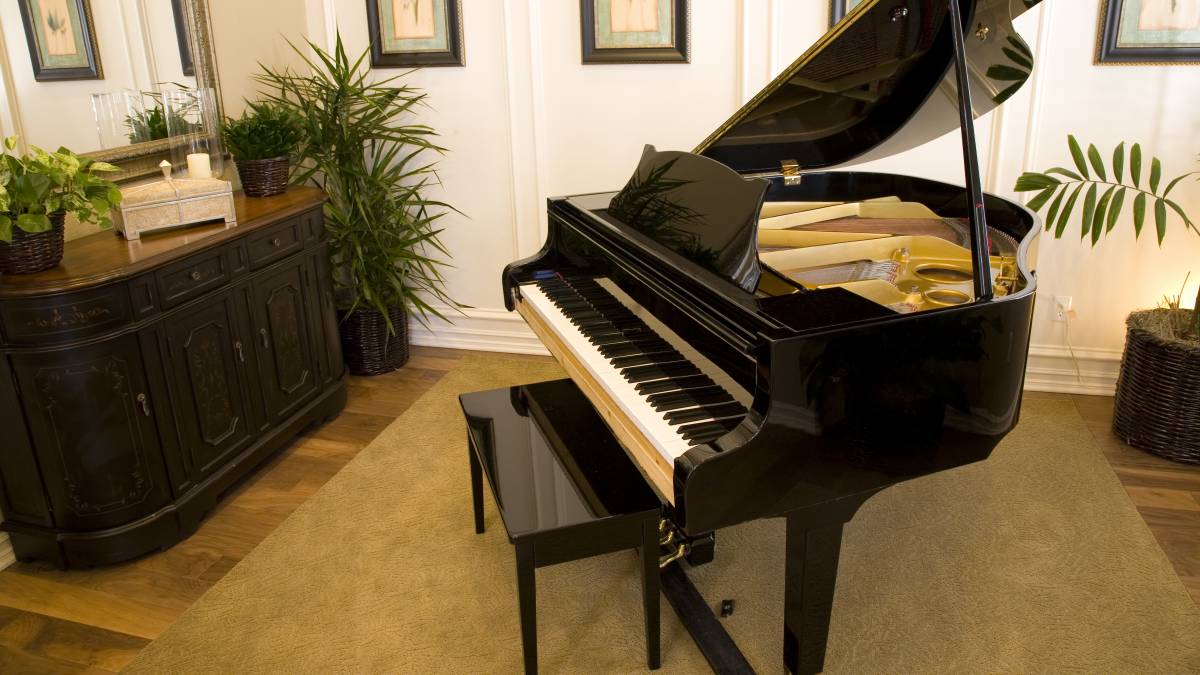
How much does piano moving cost?
Read more
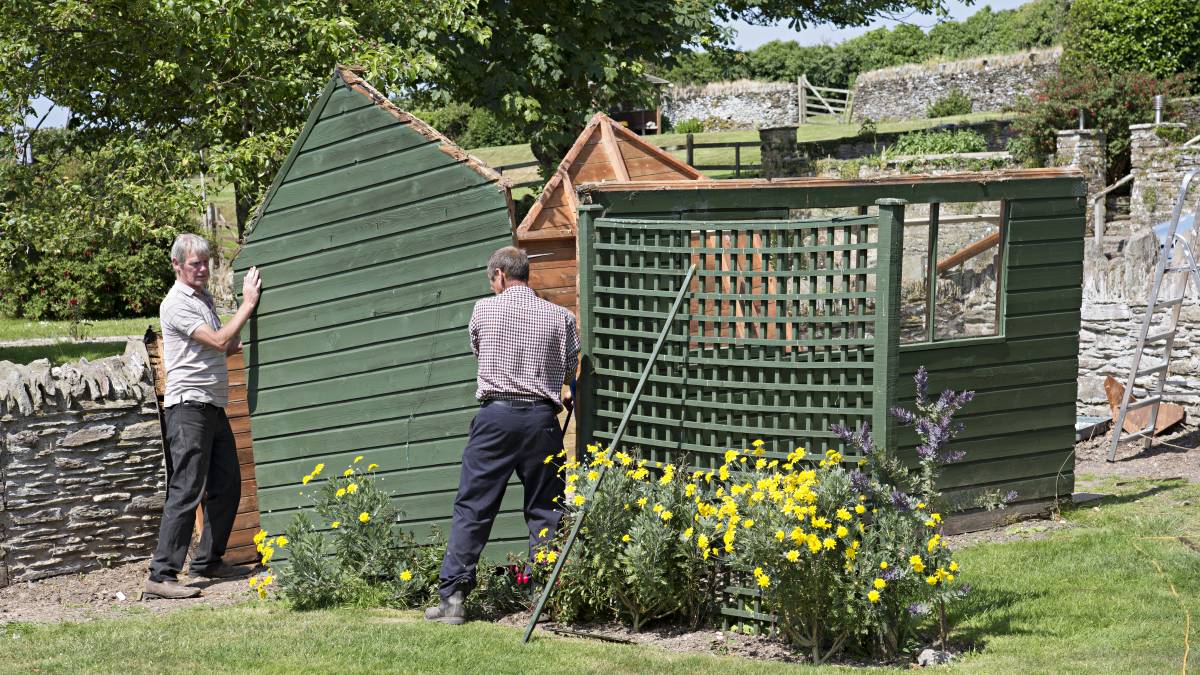
How much does shed removal cost?
Read more
